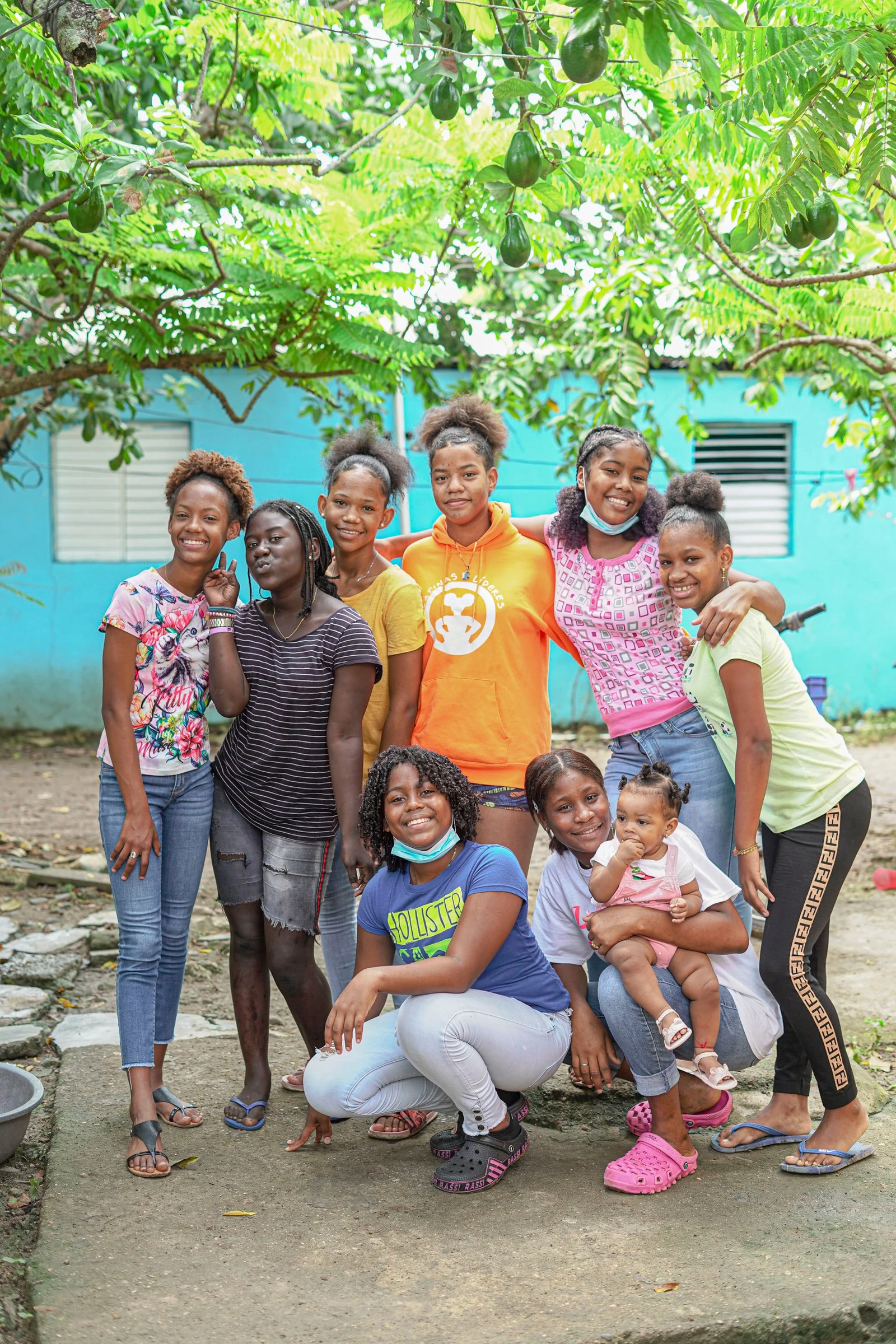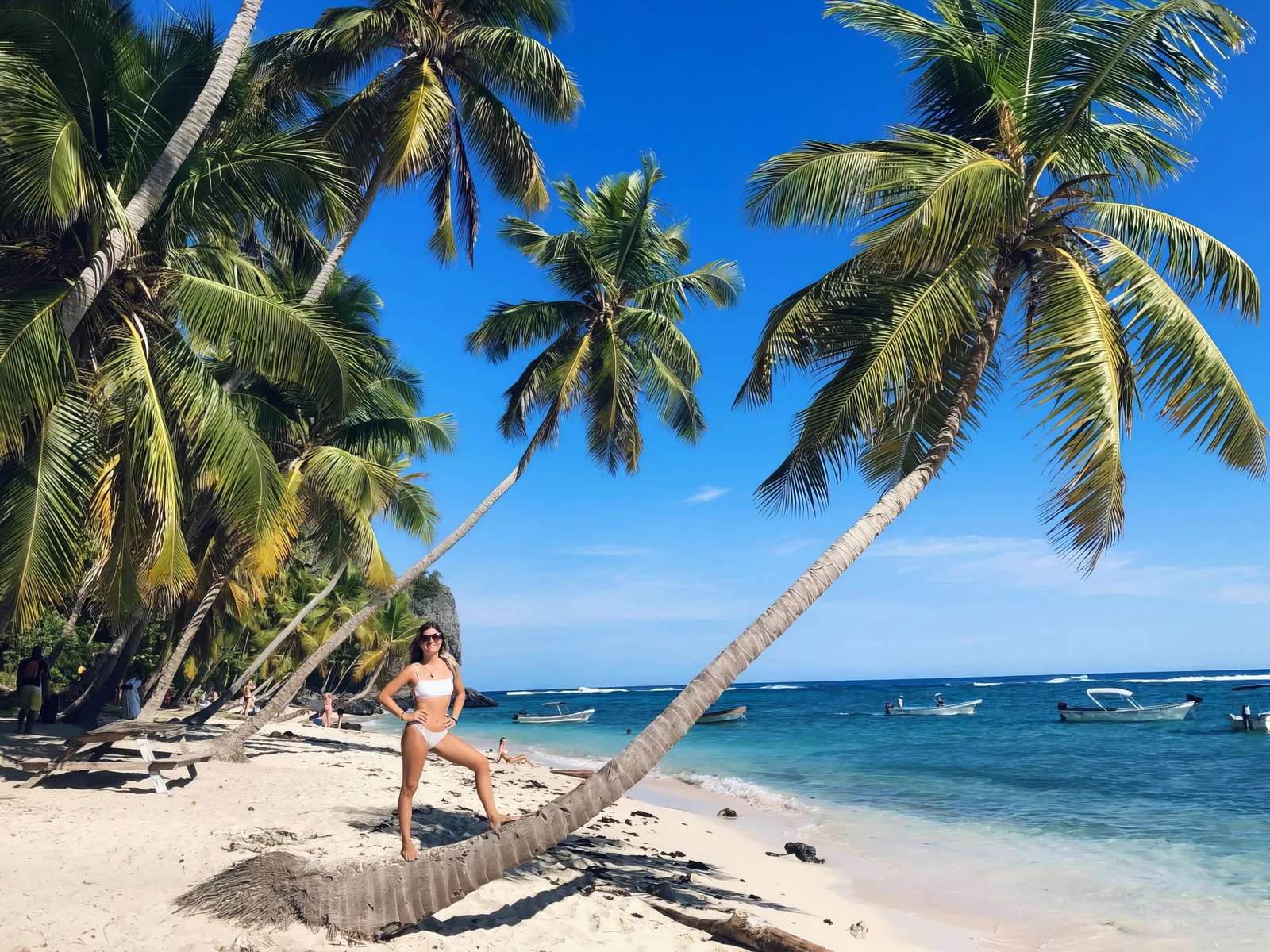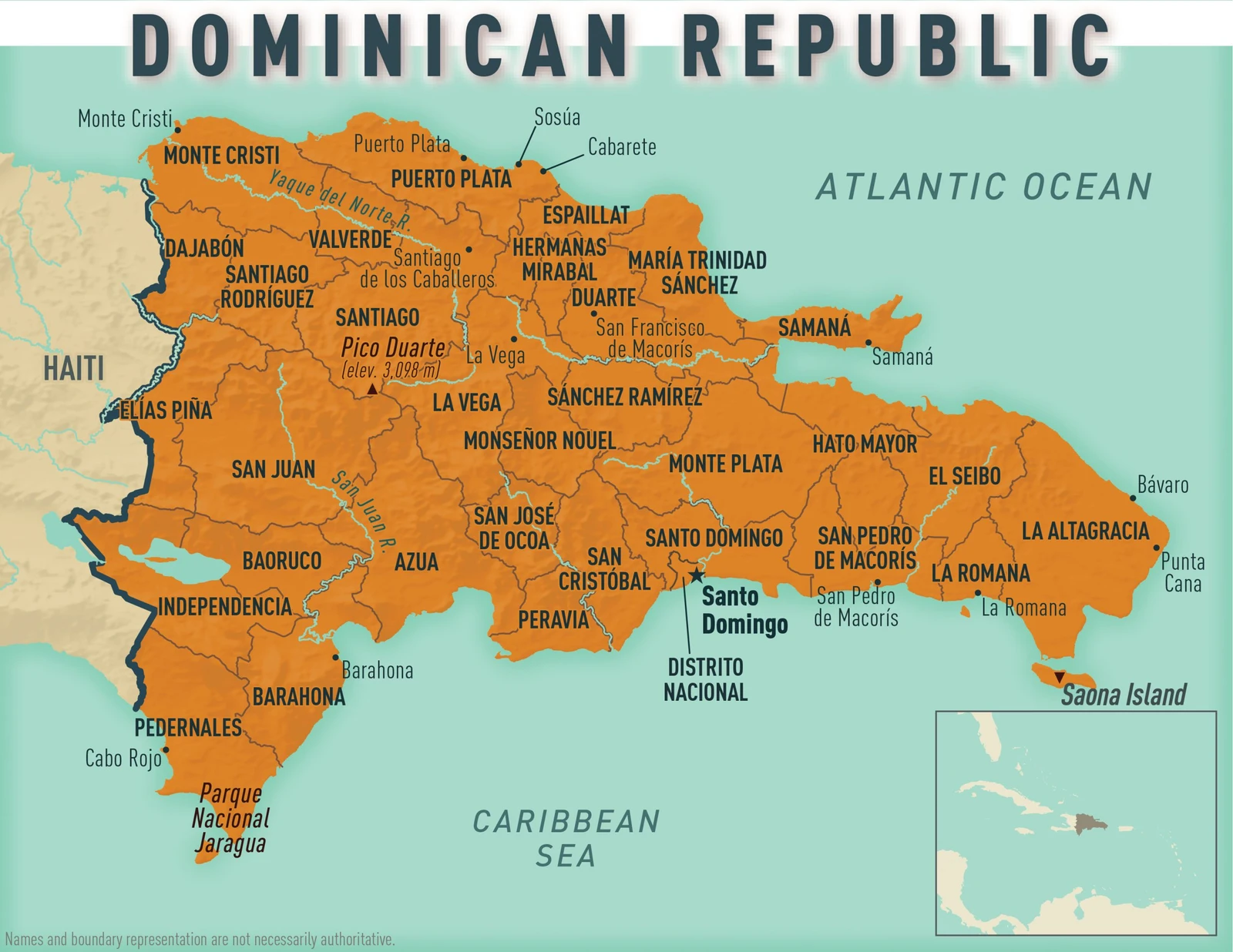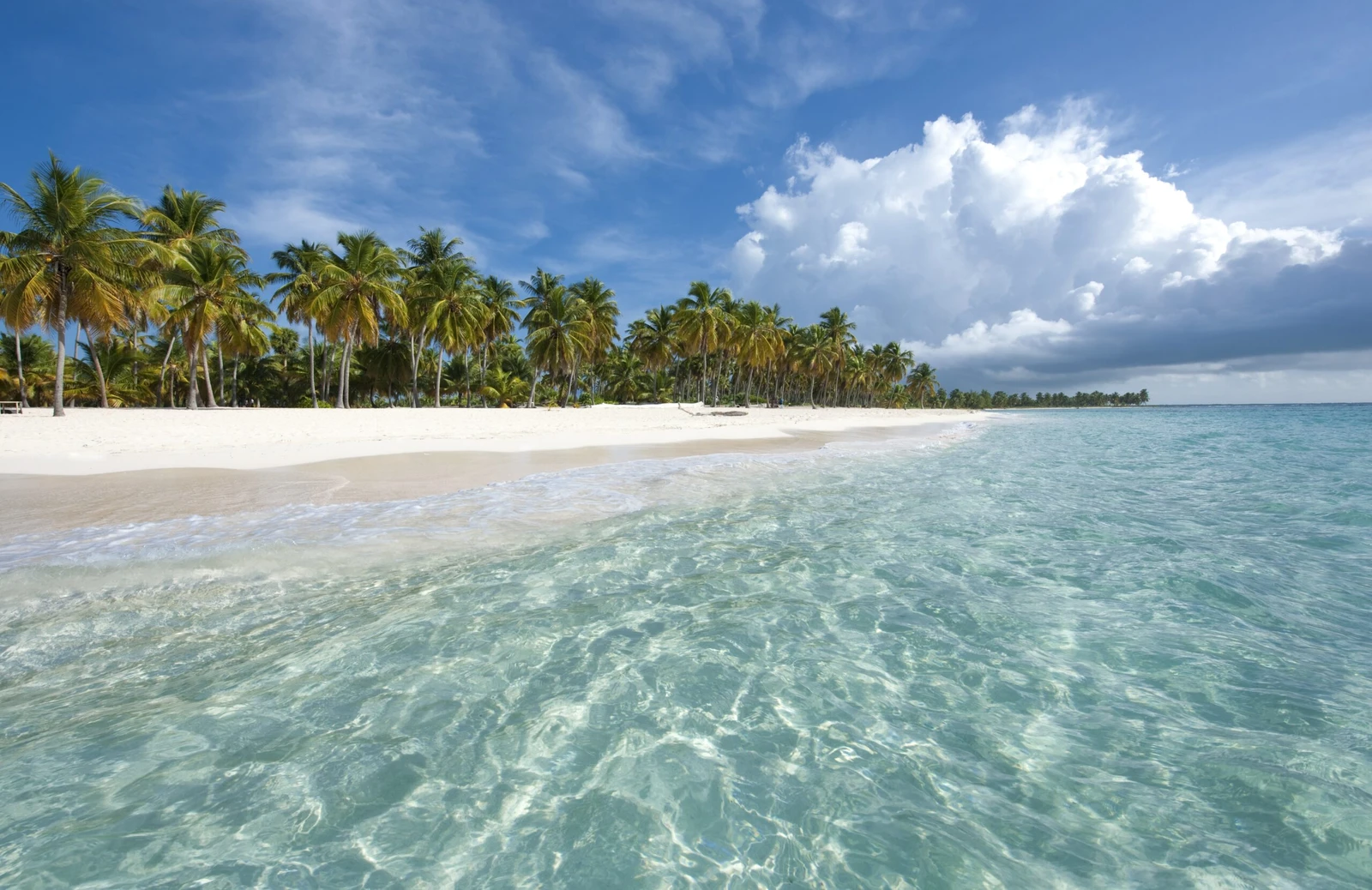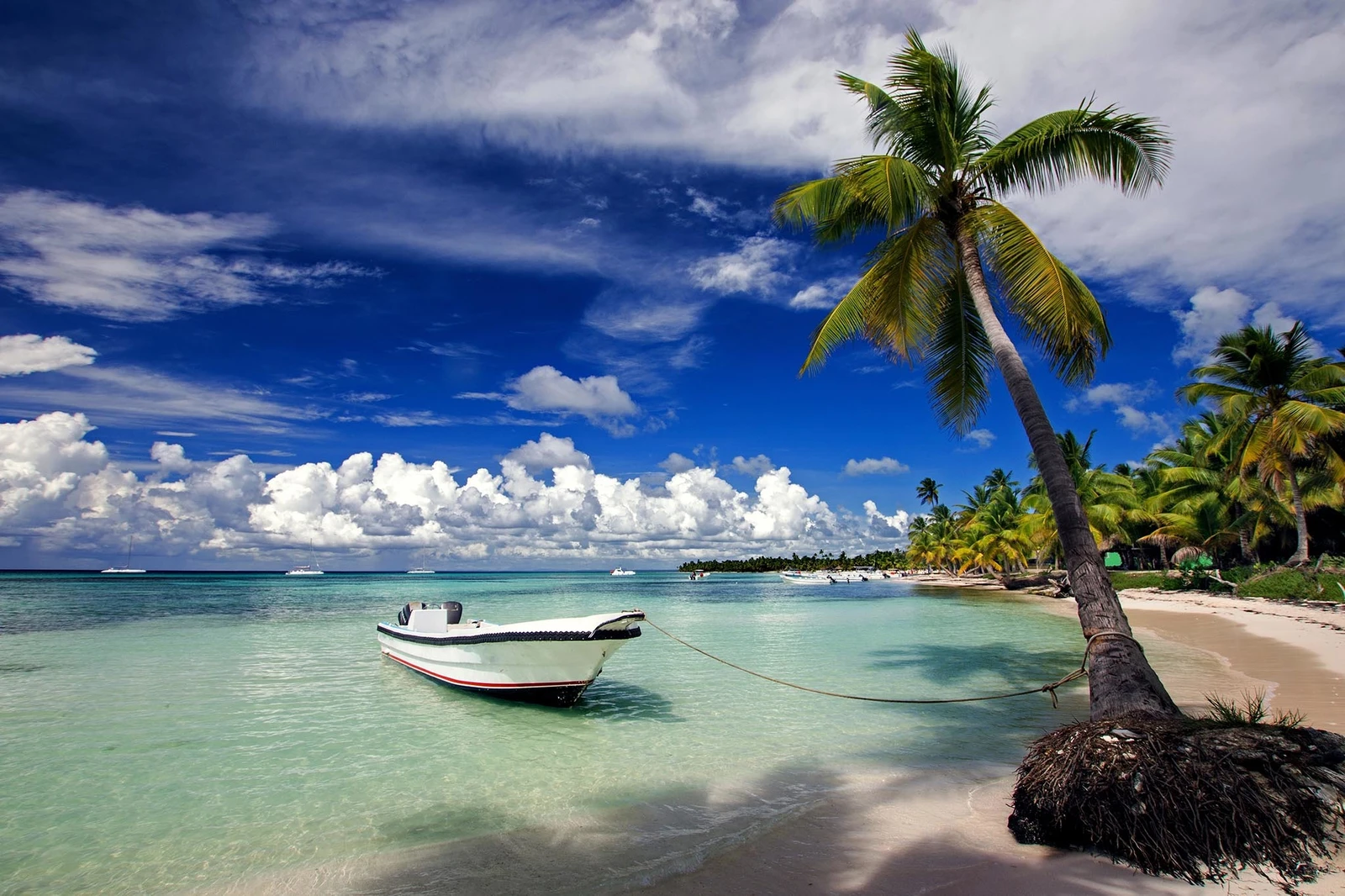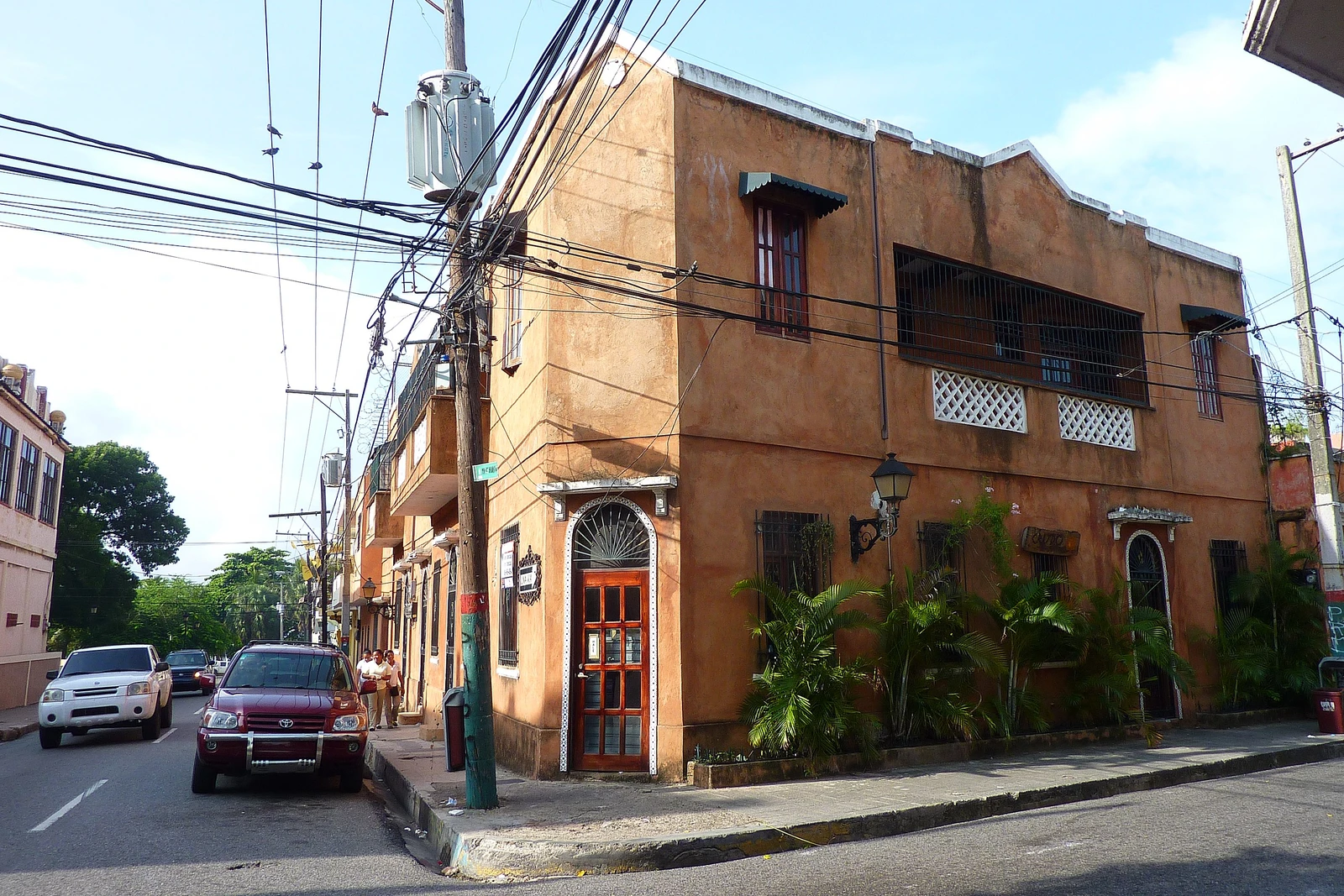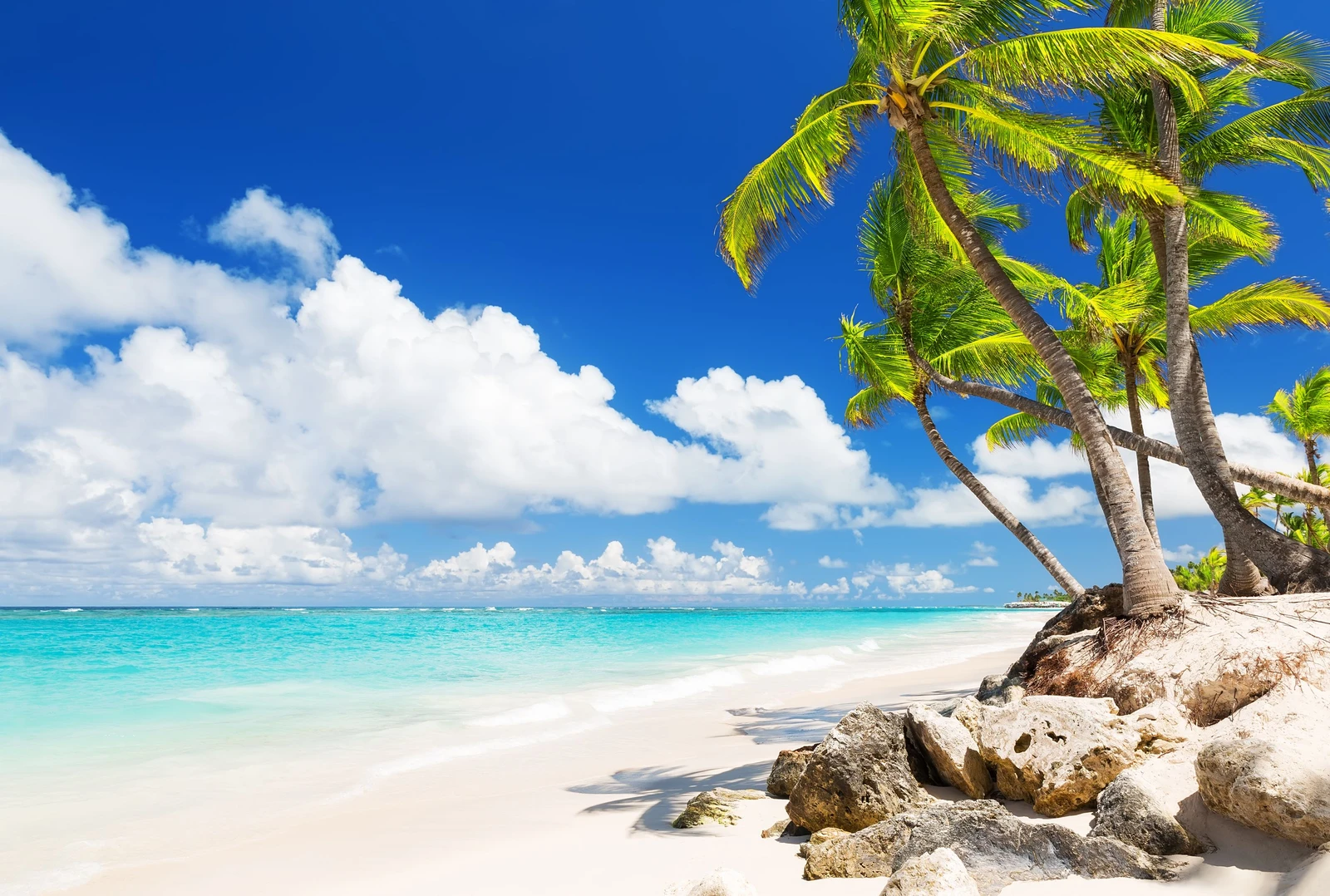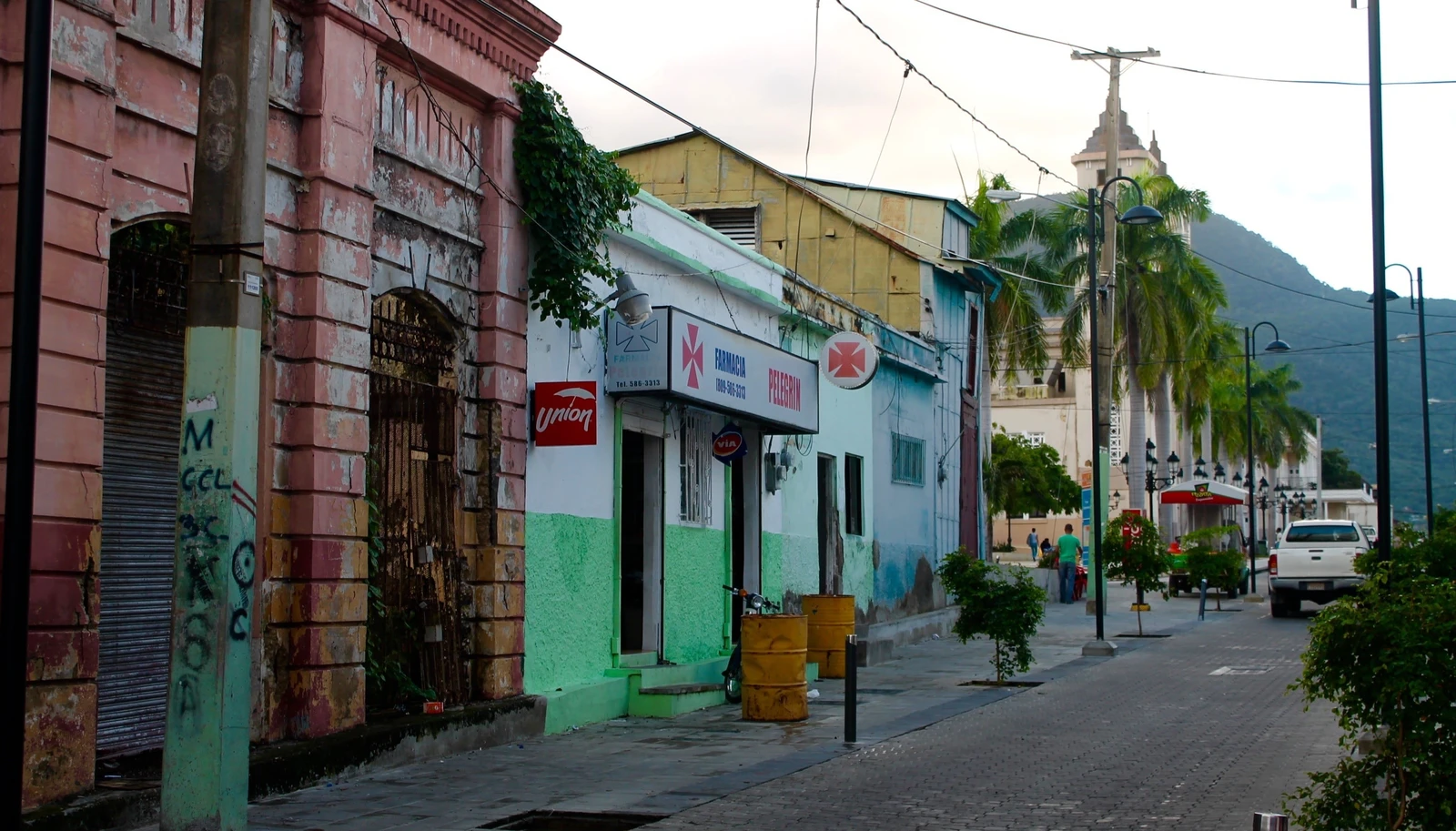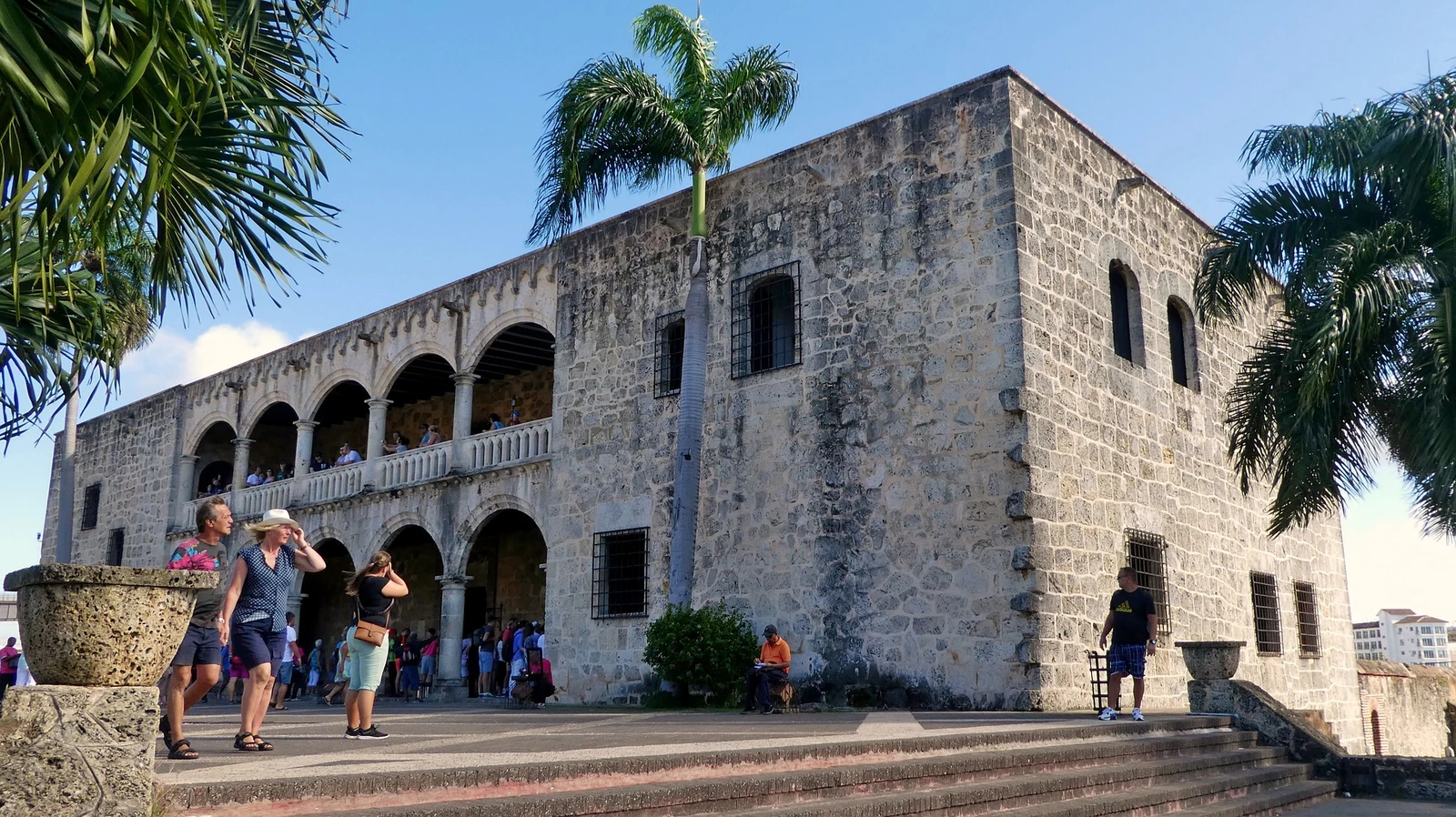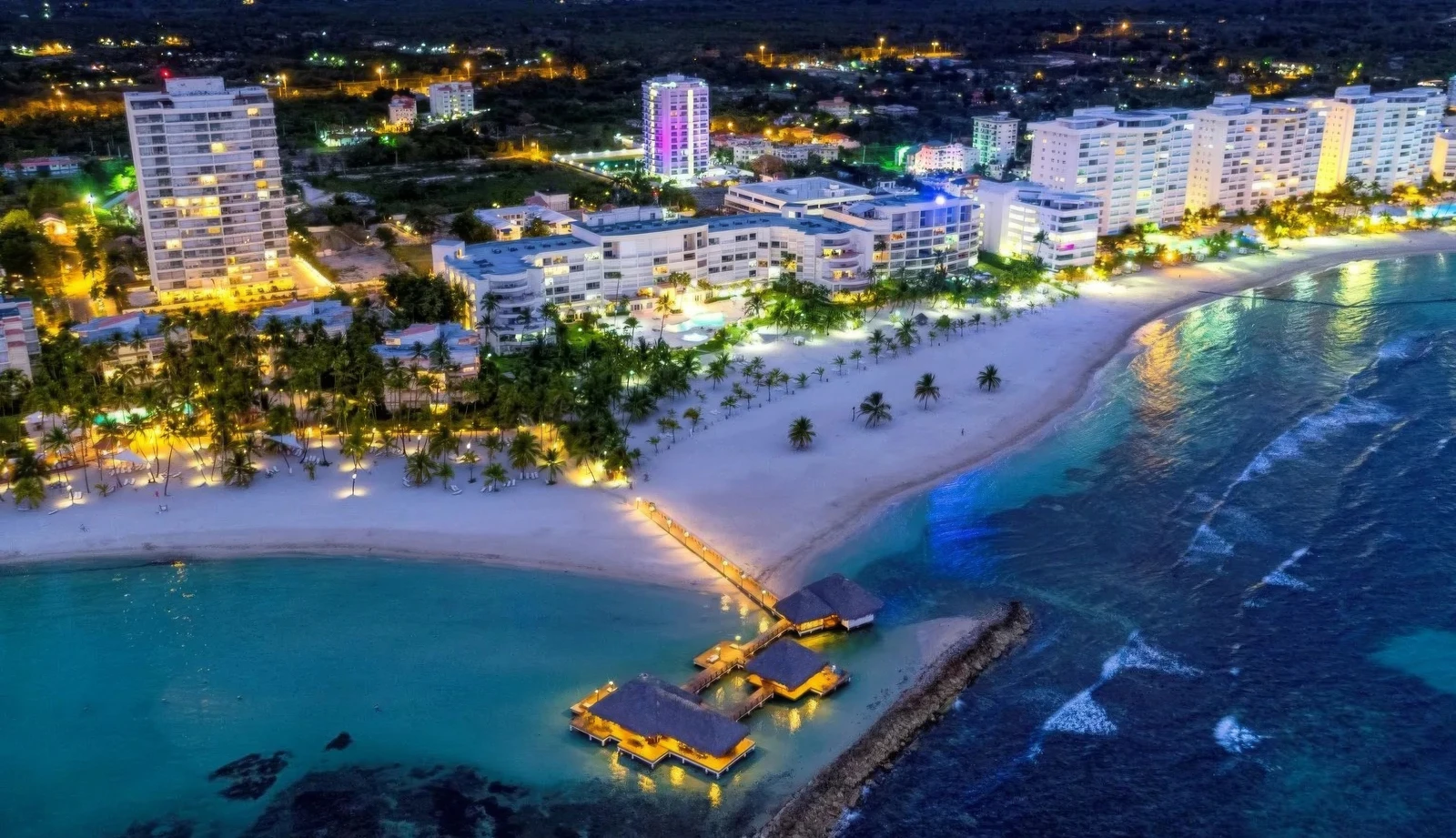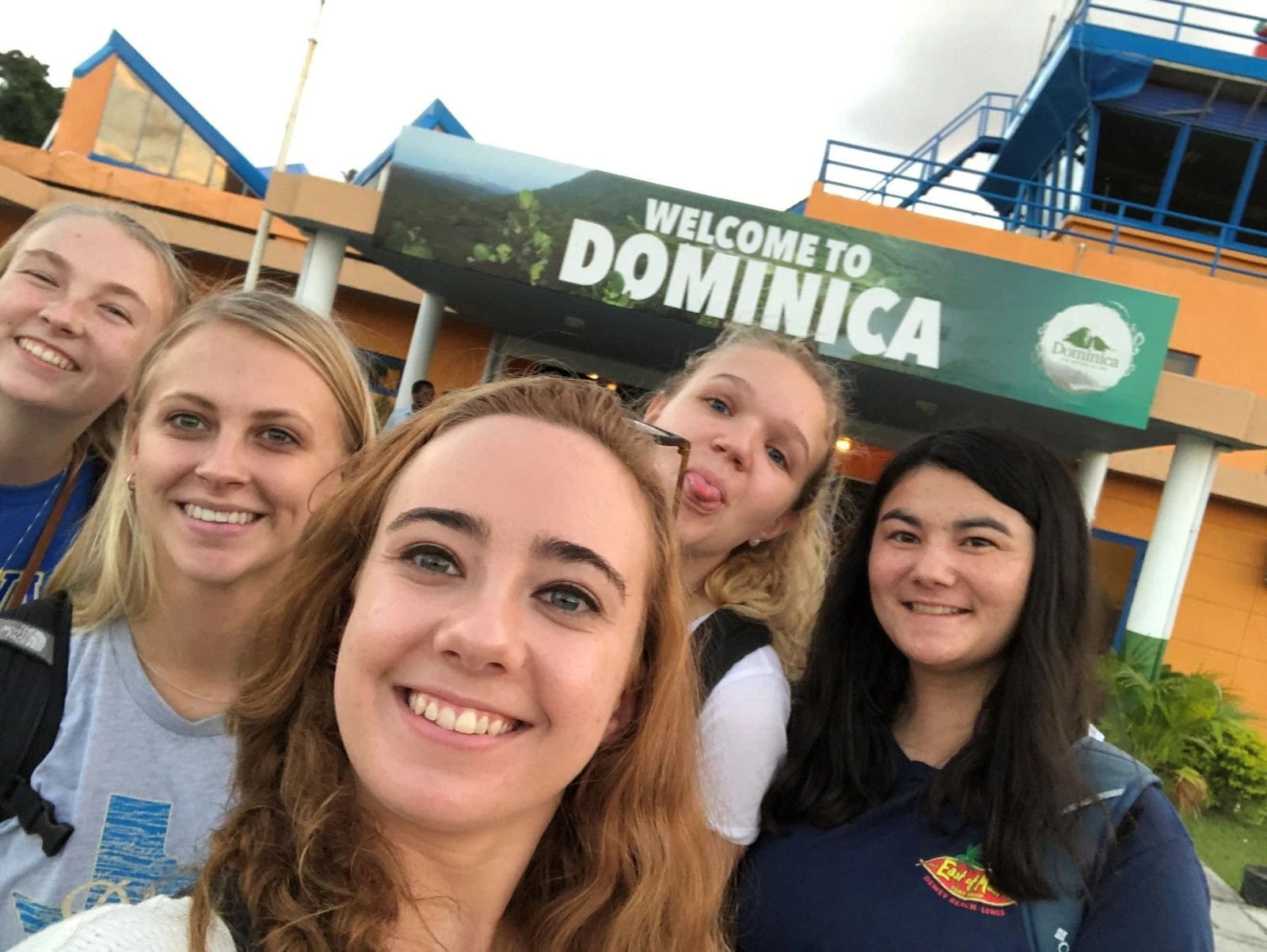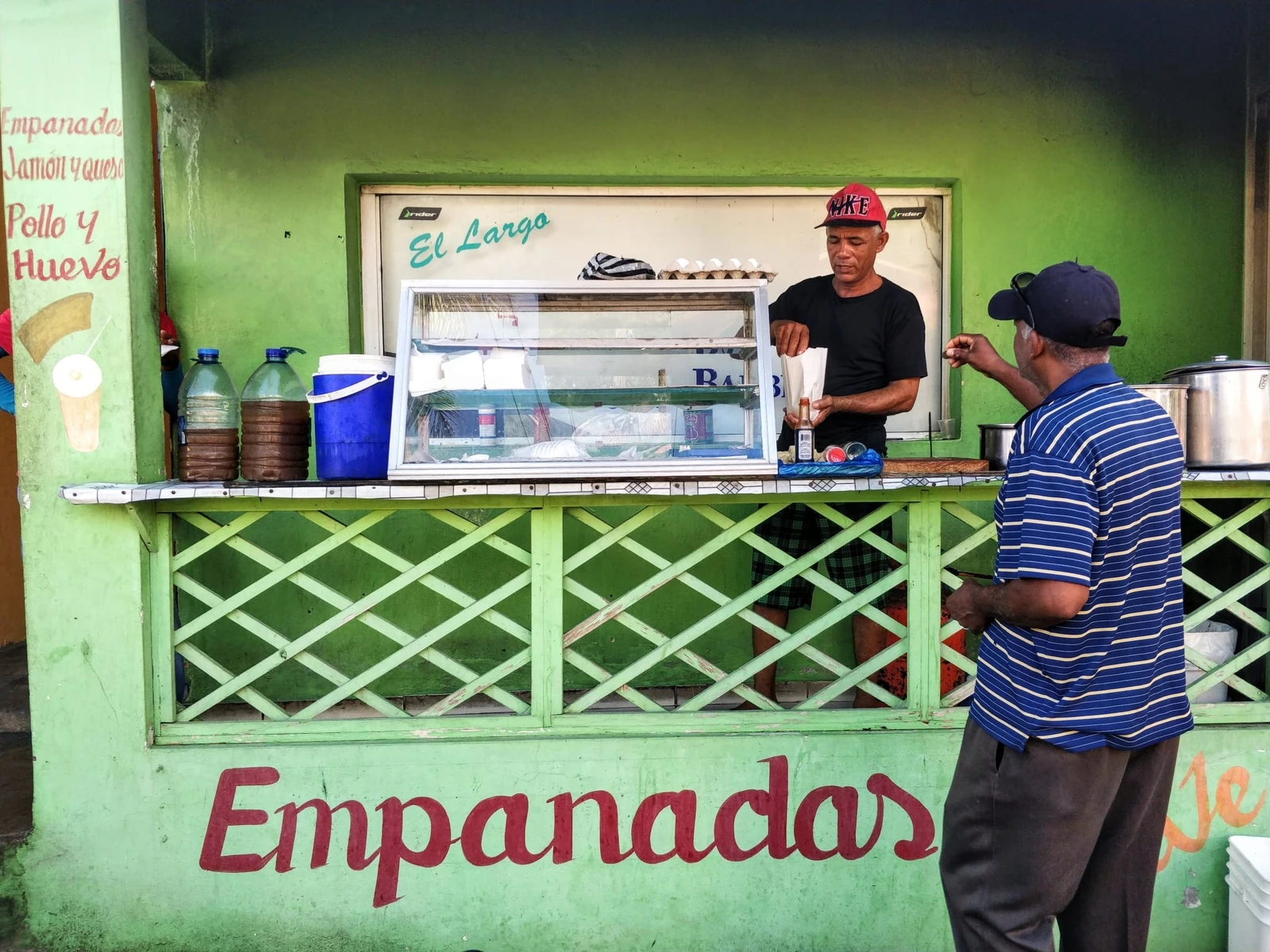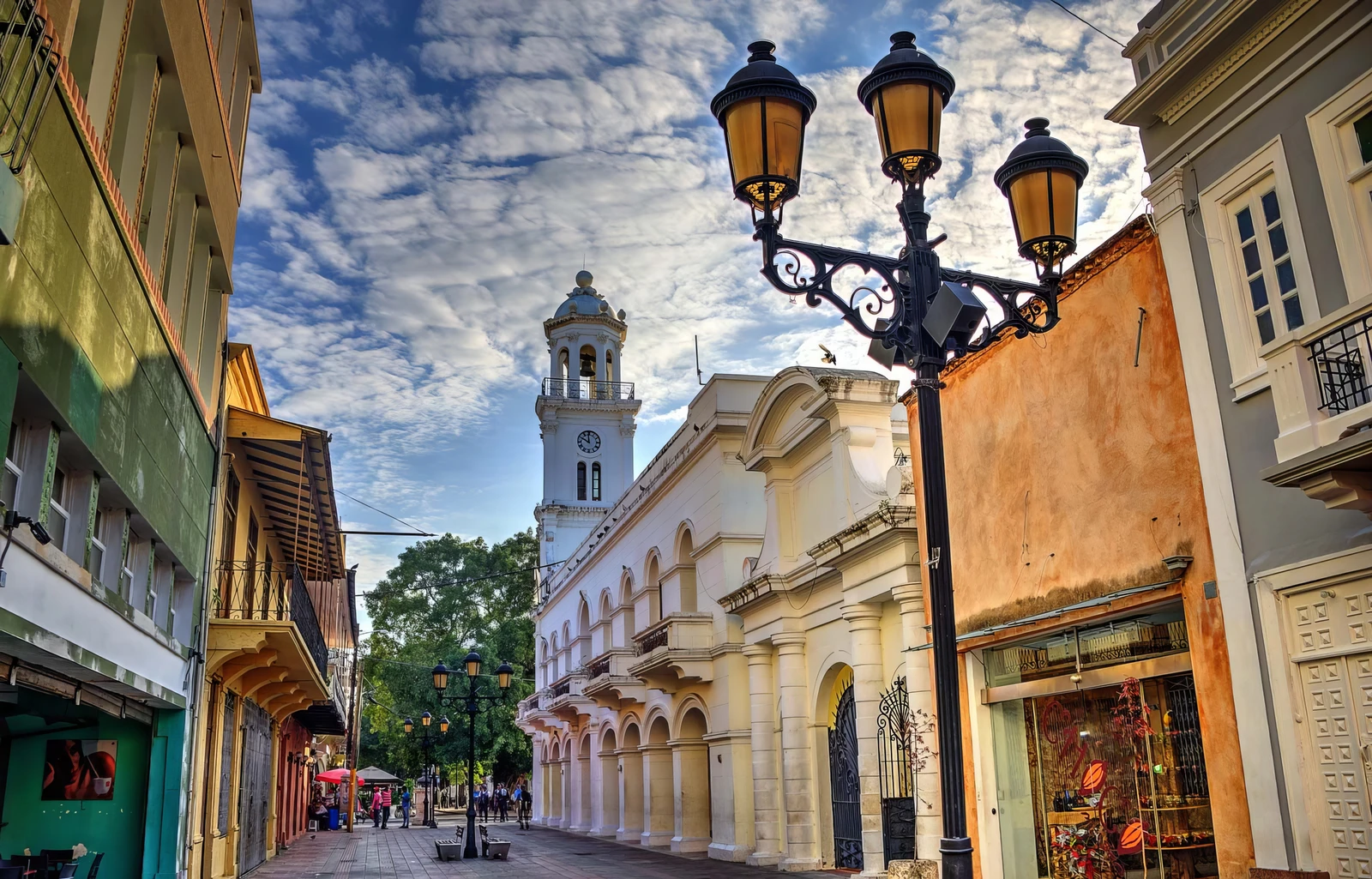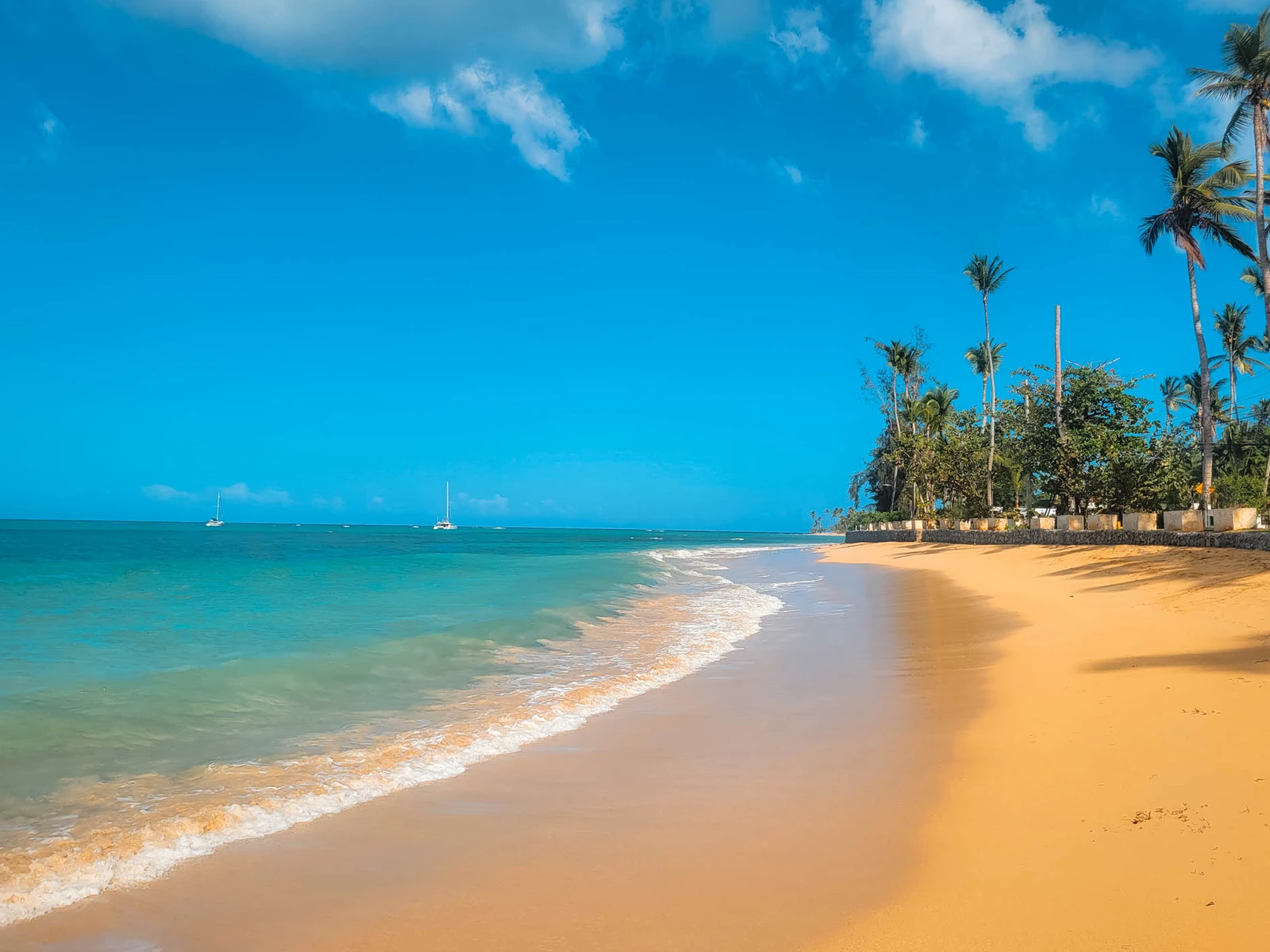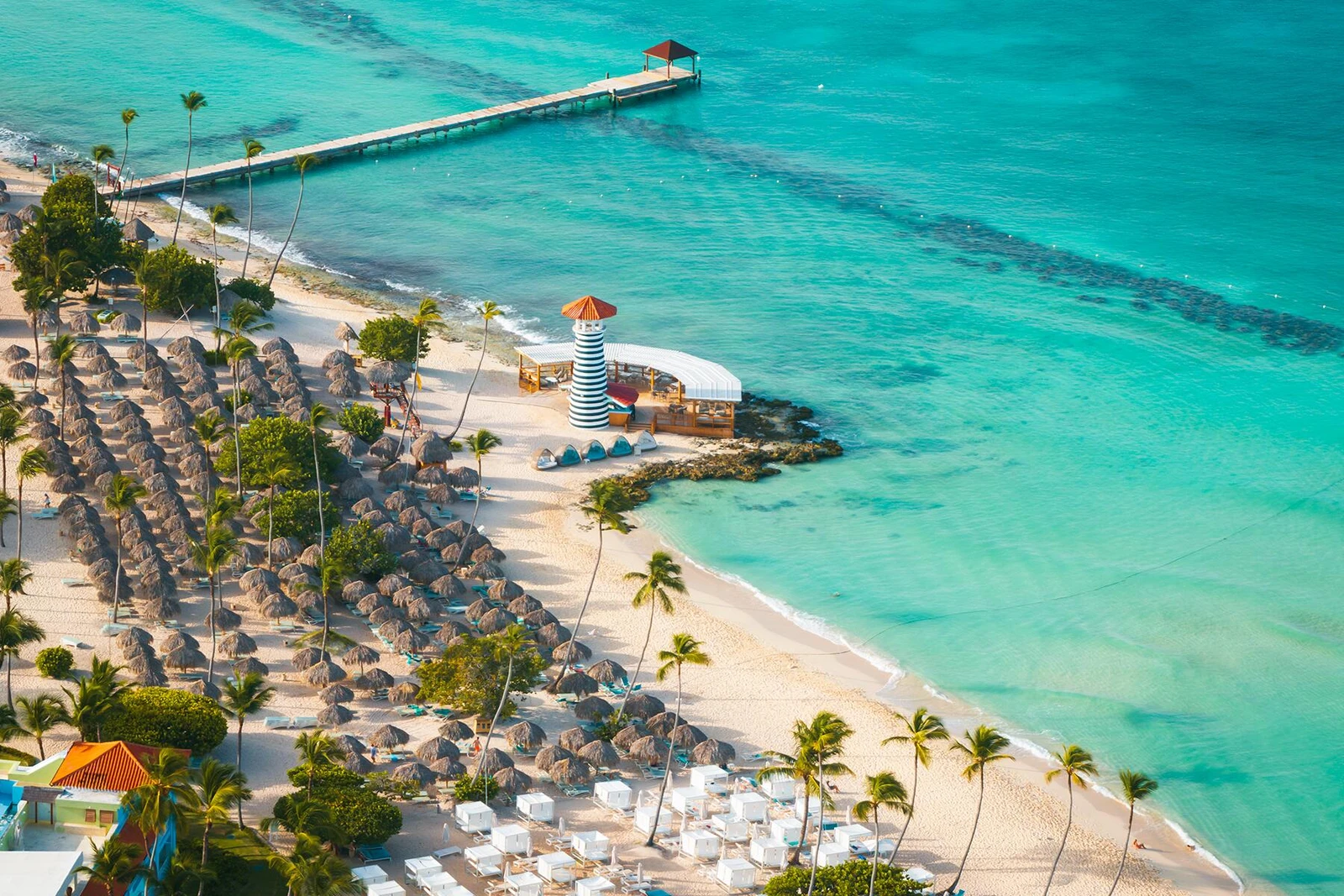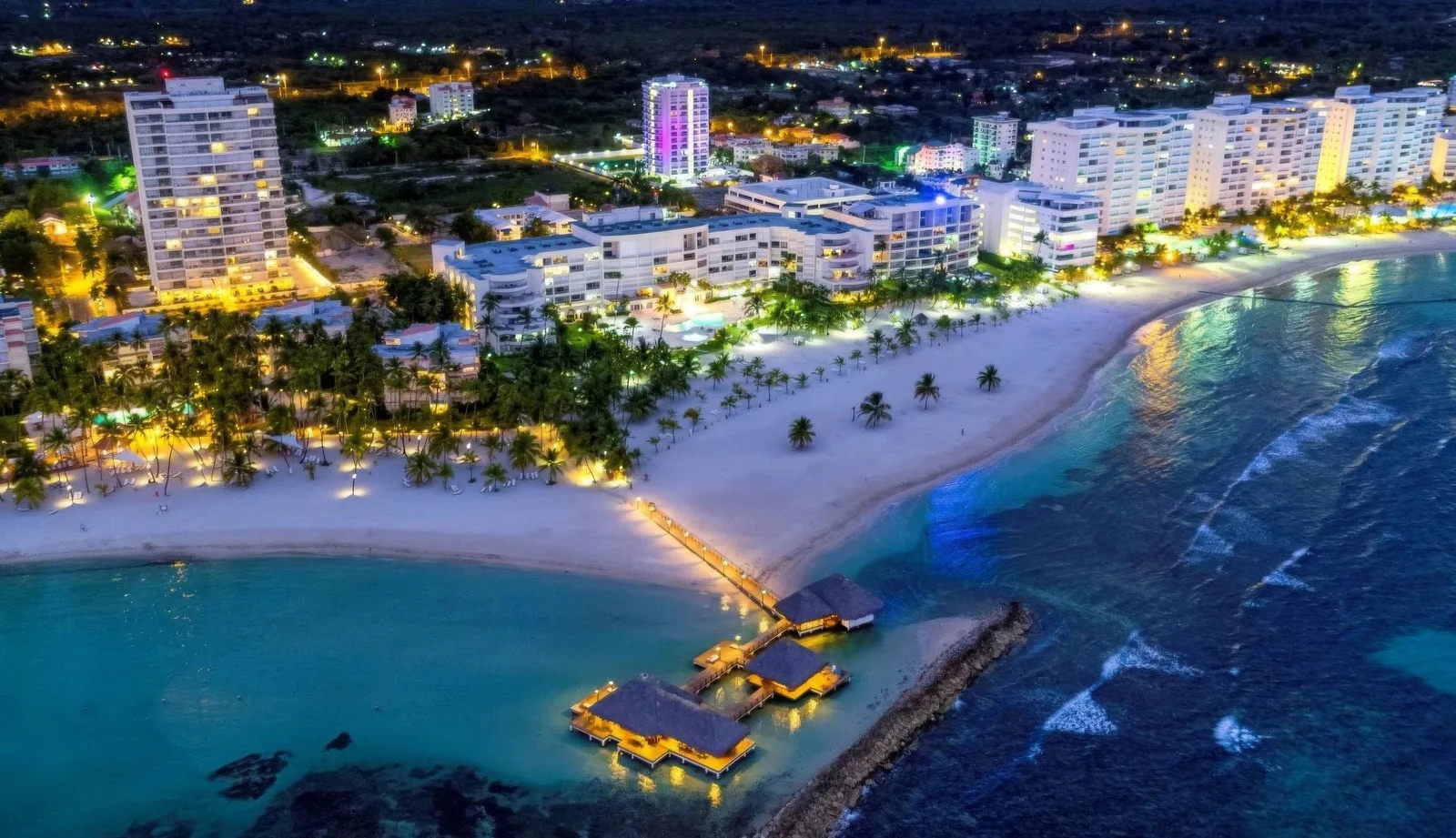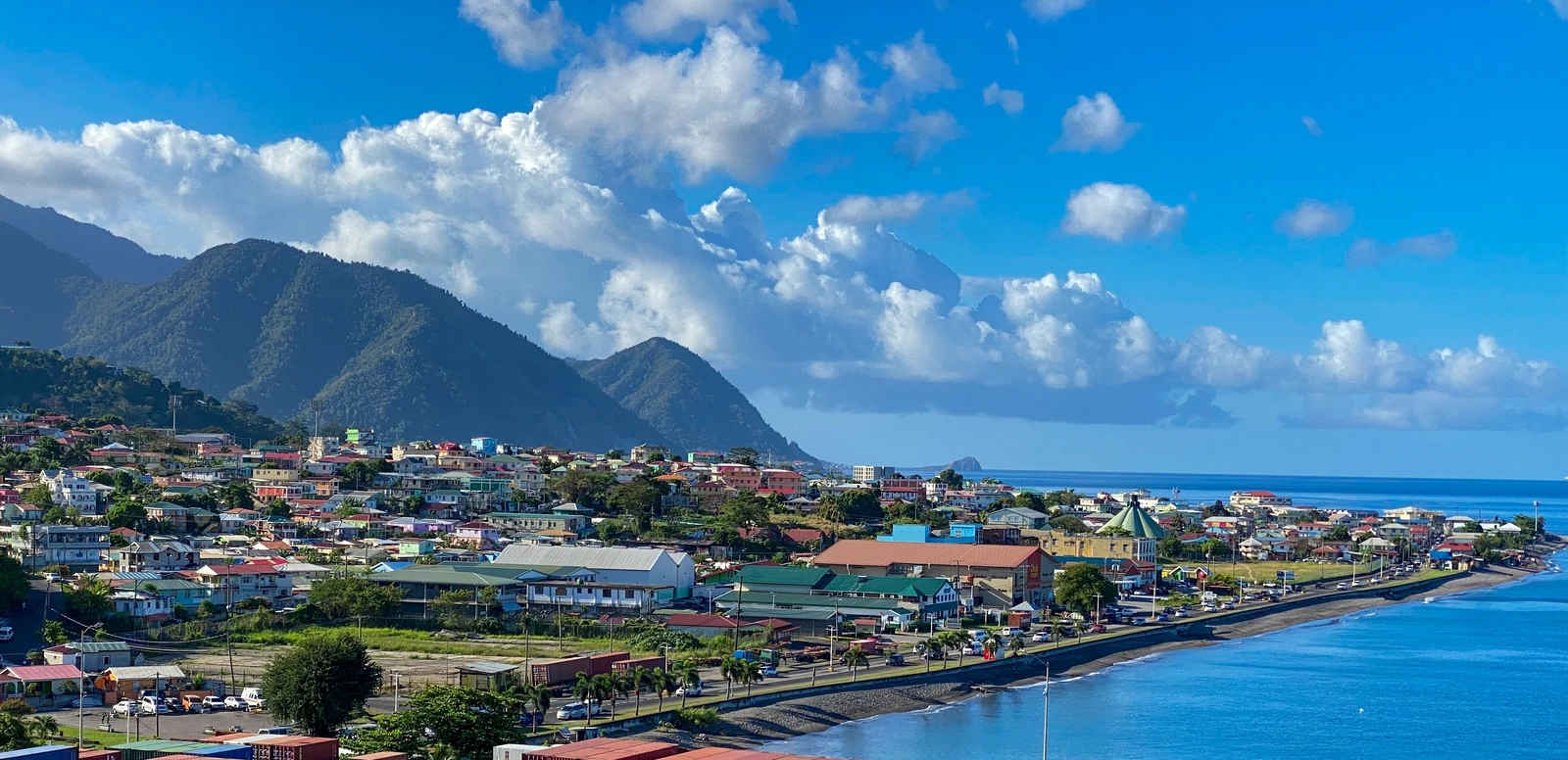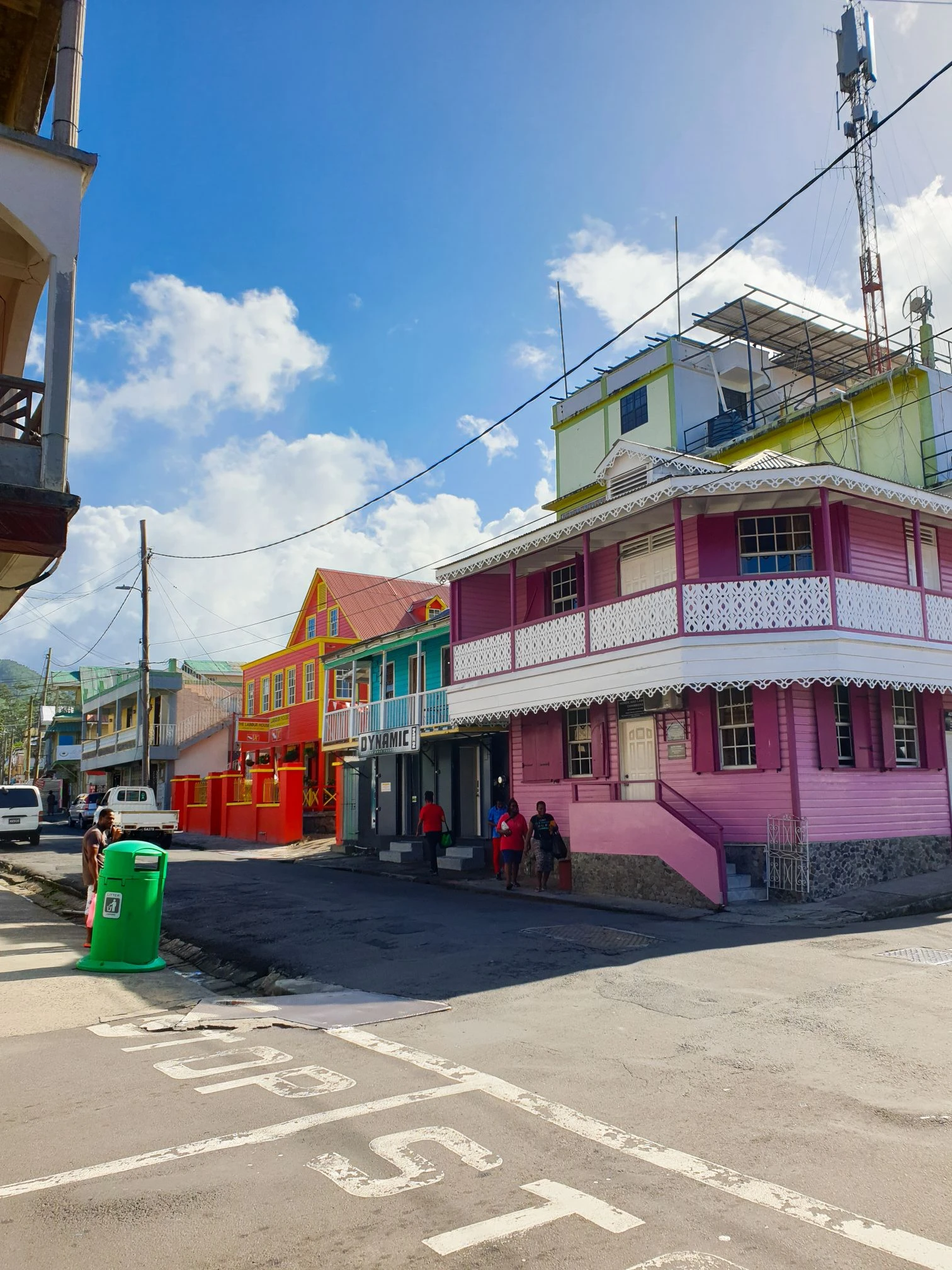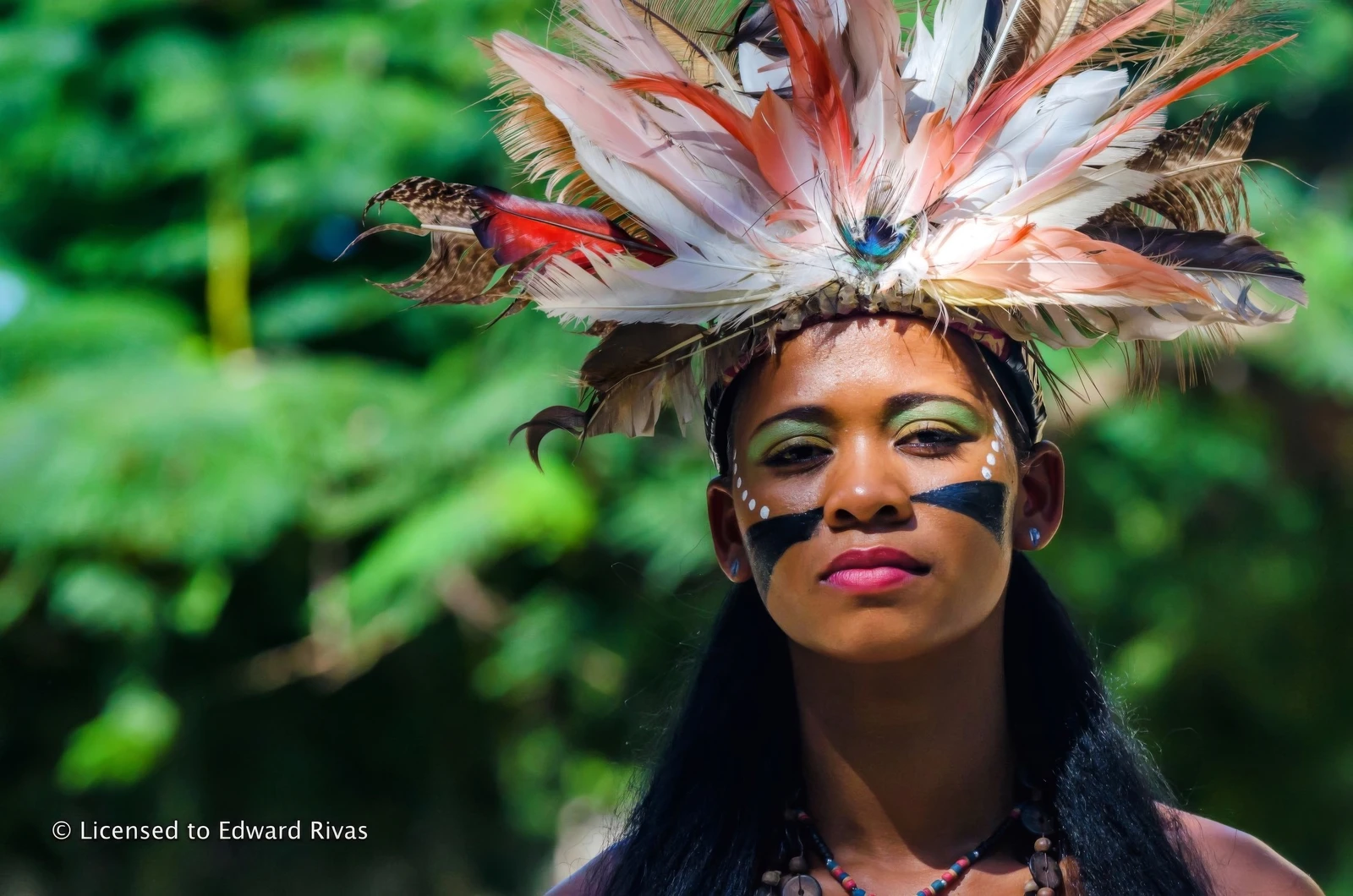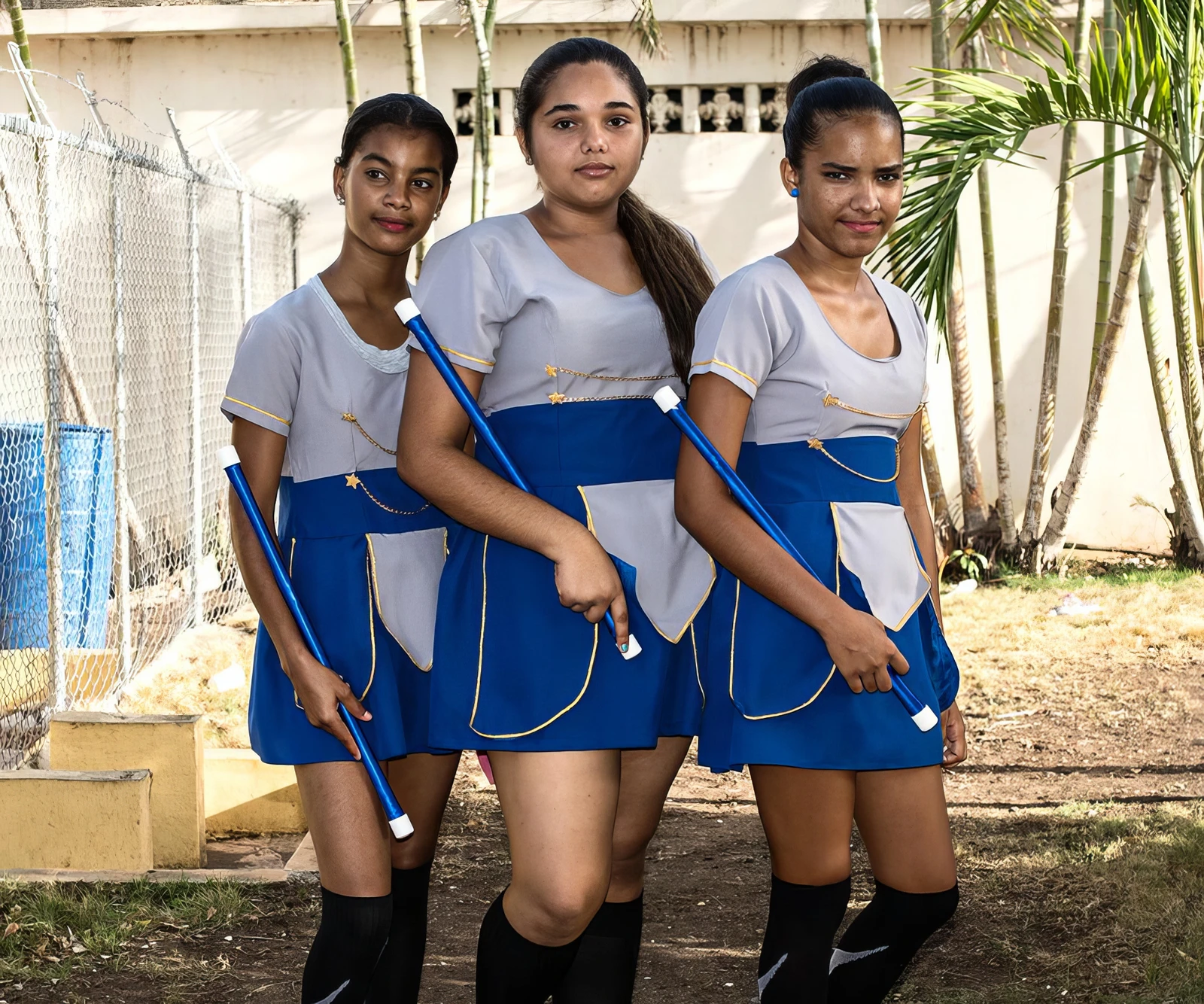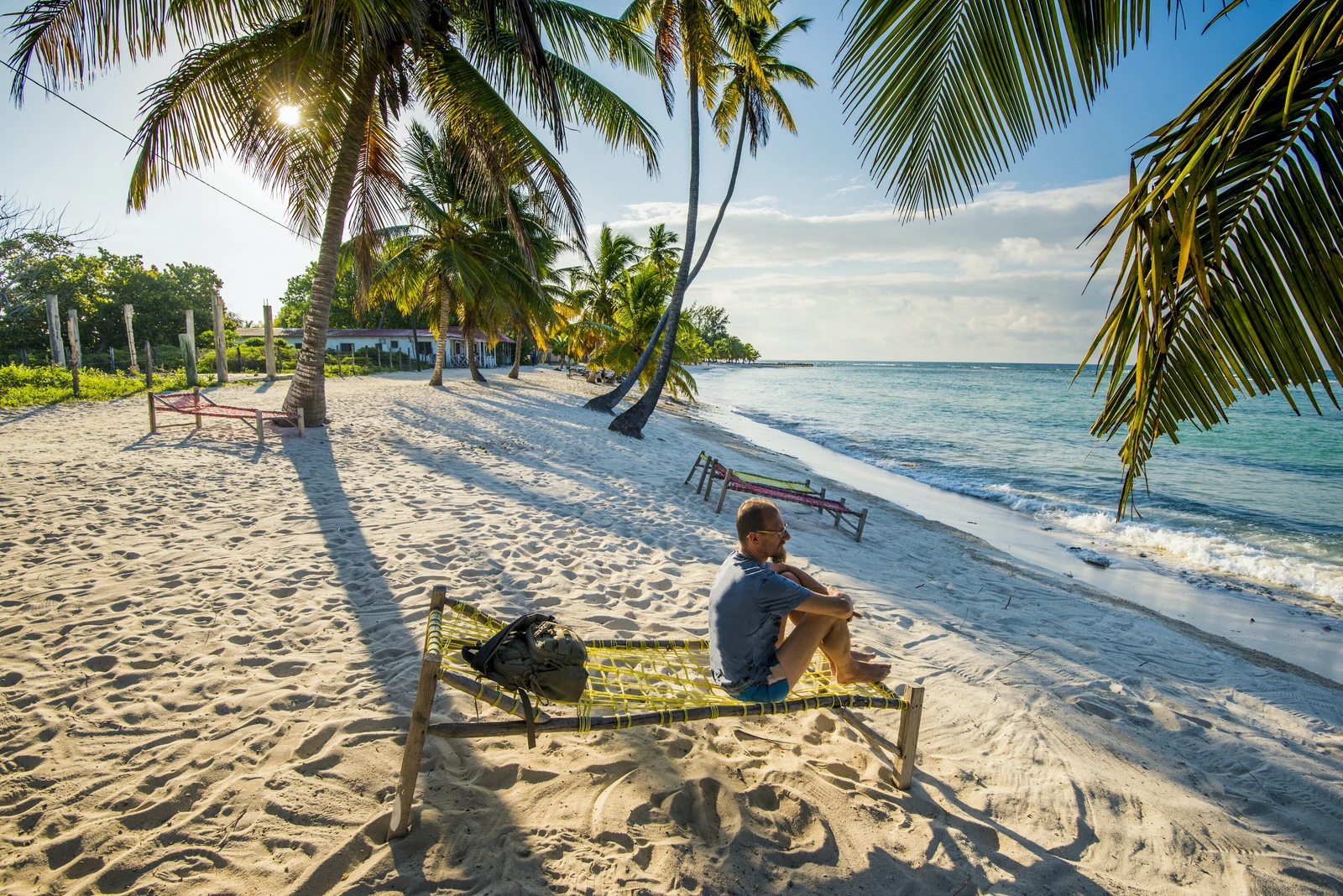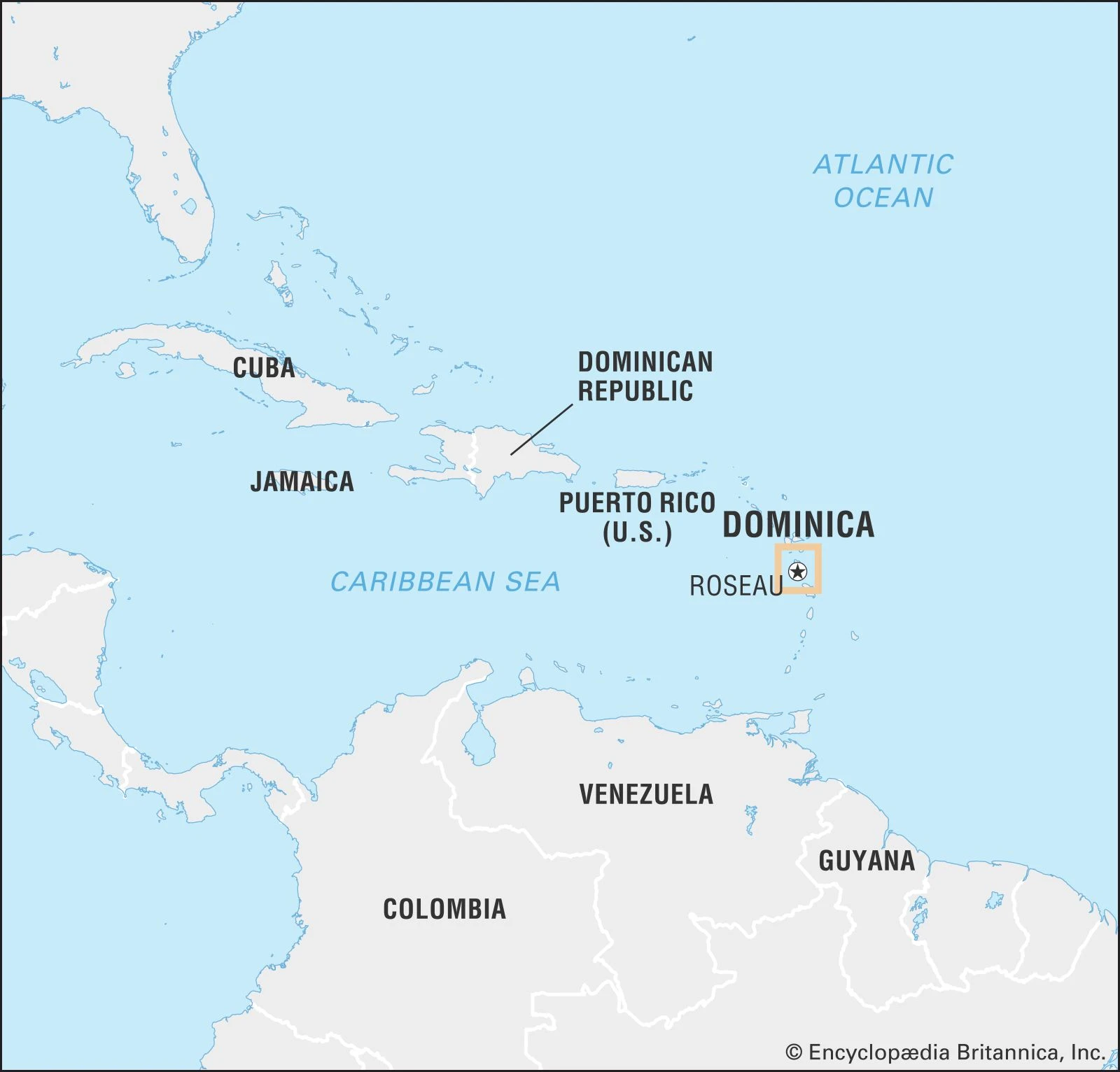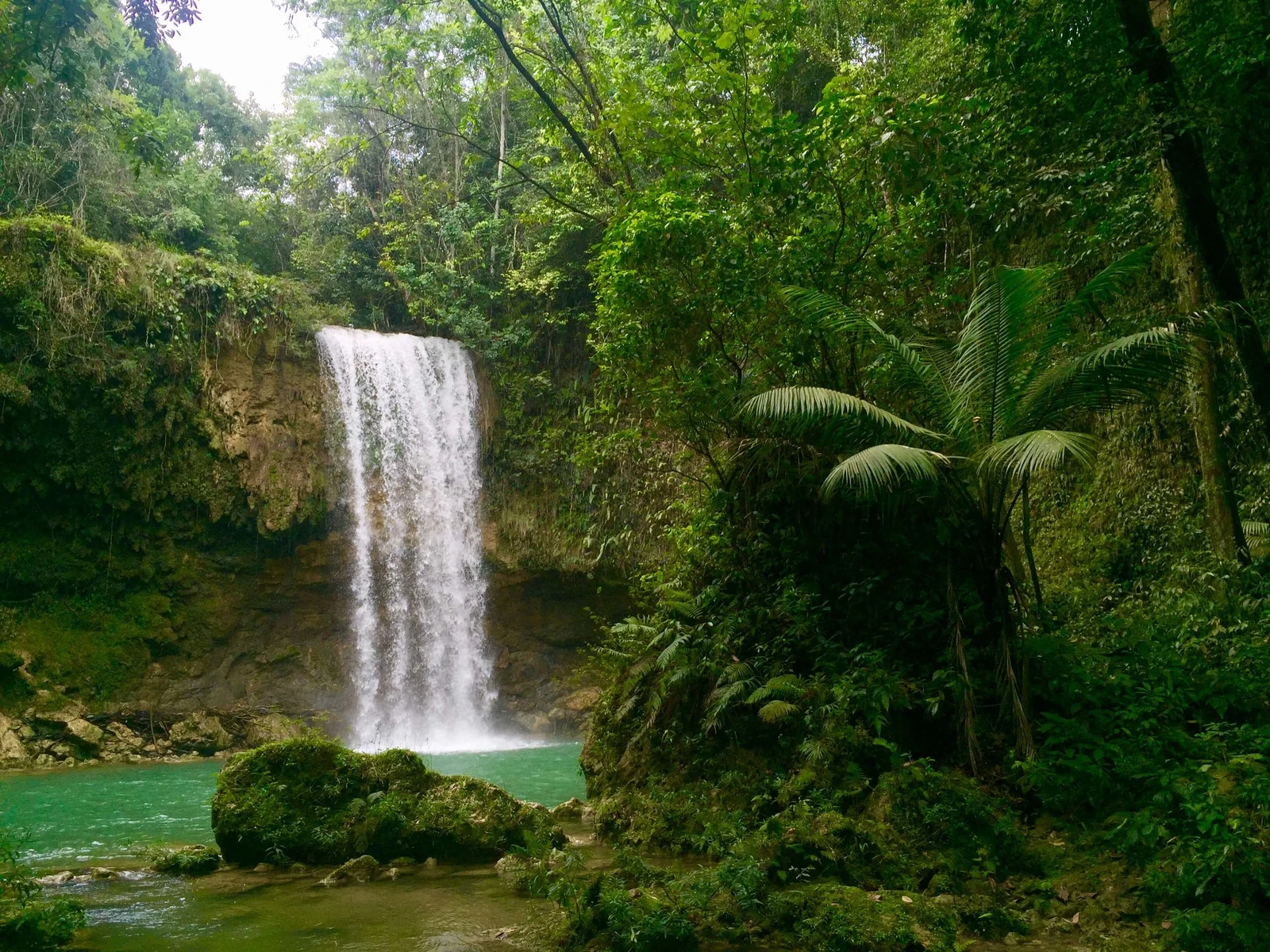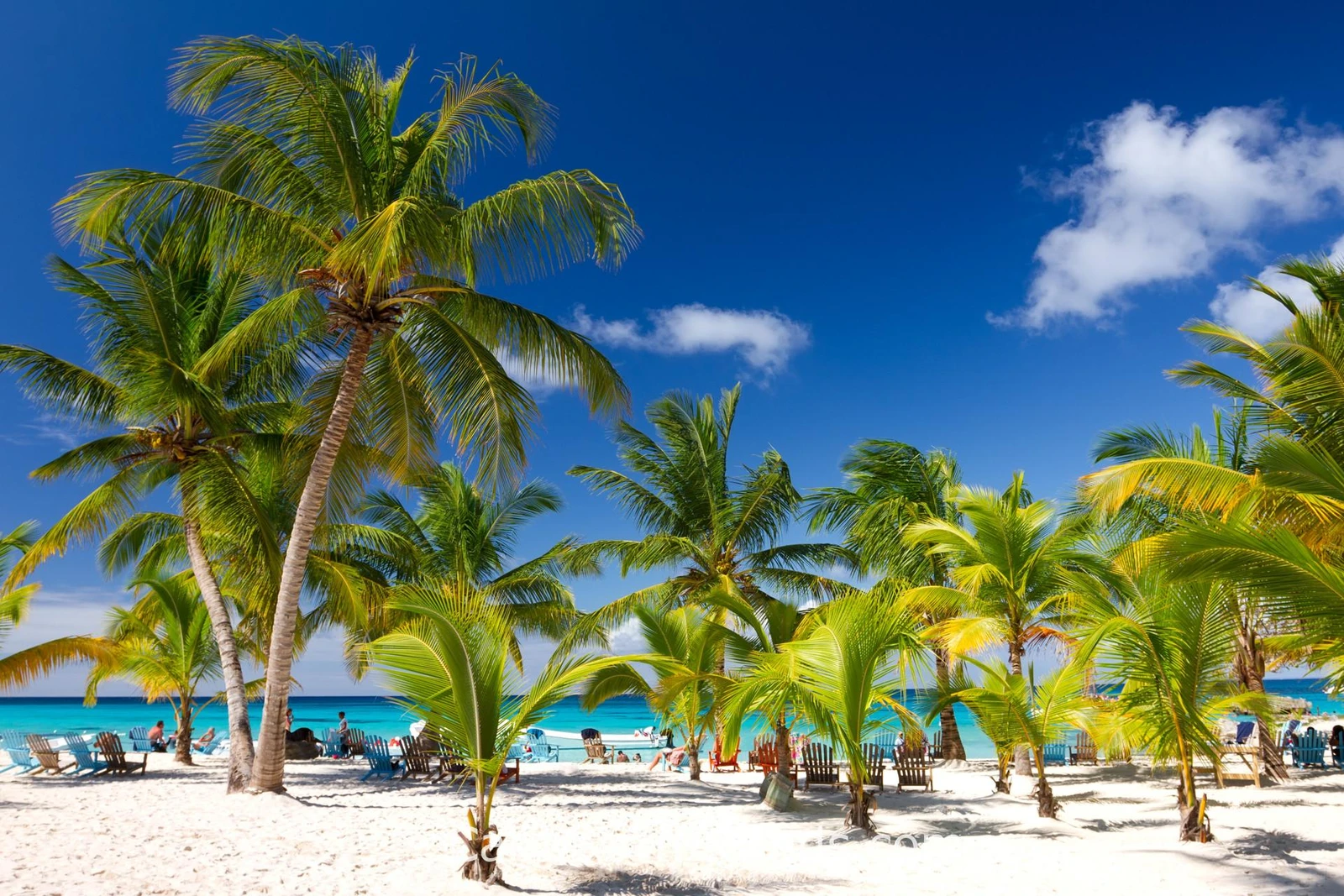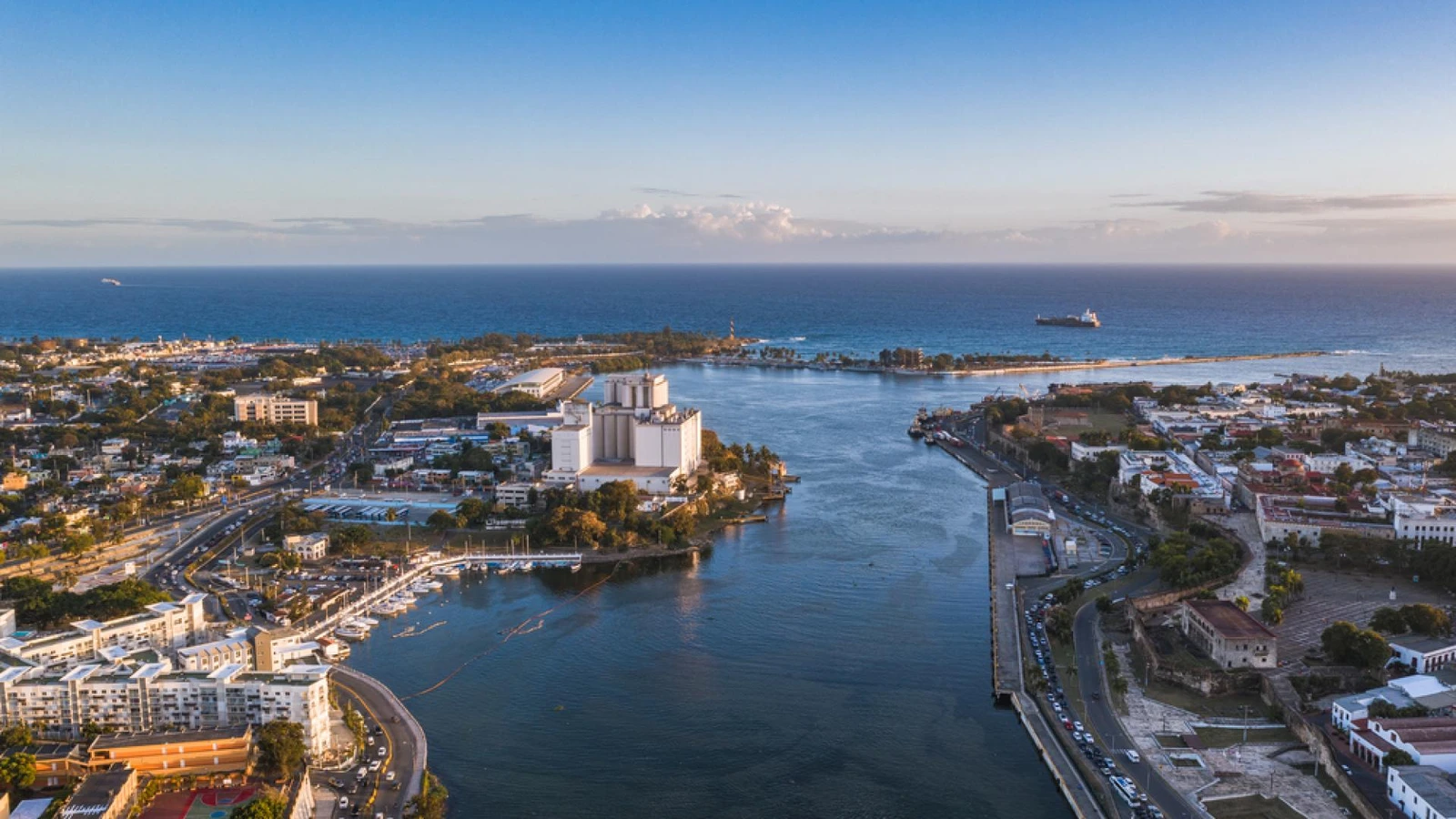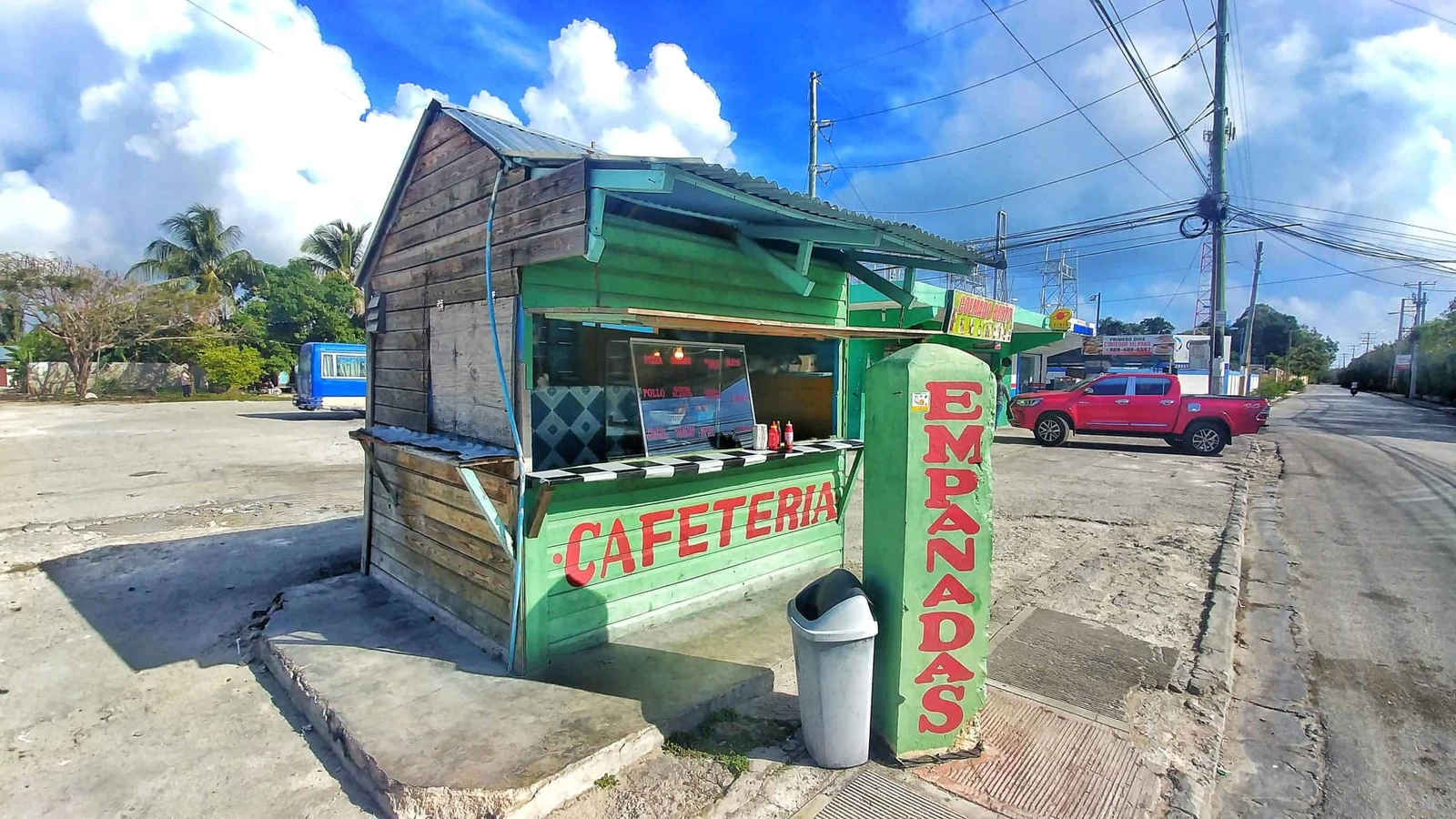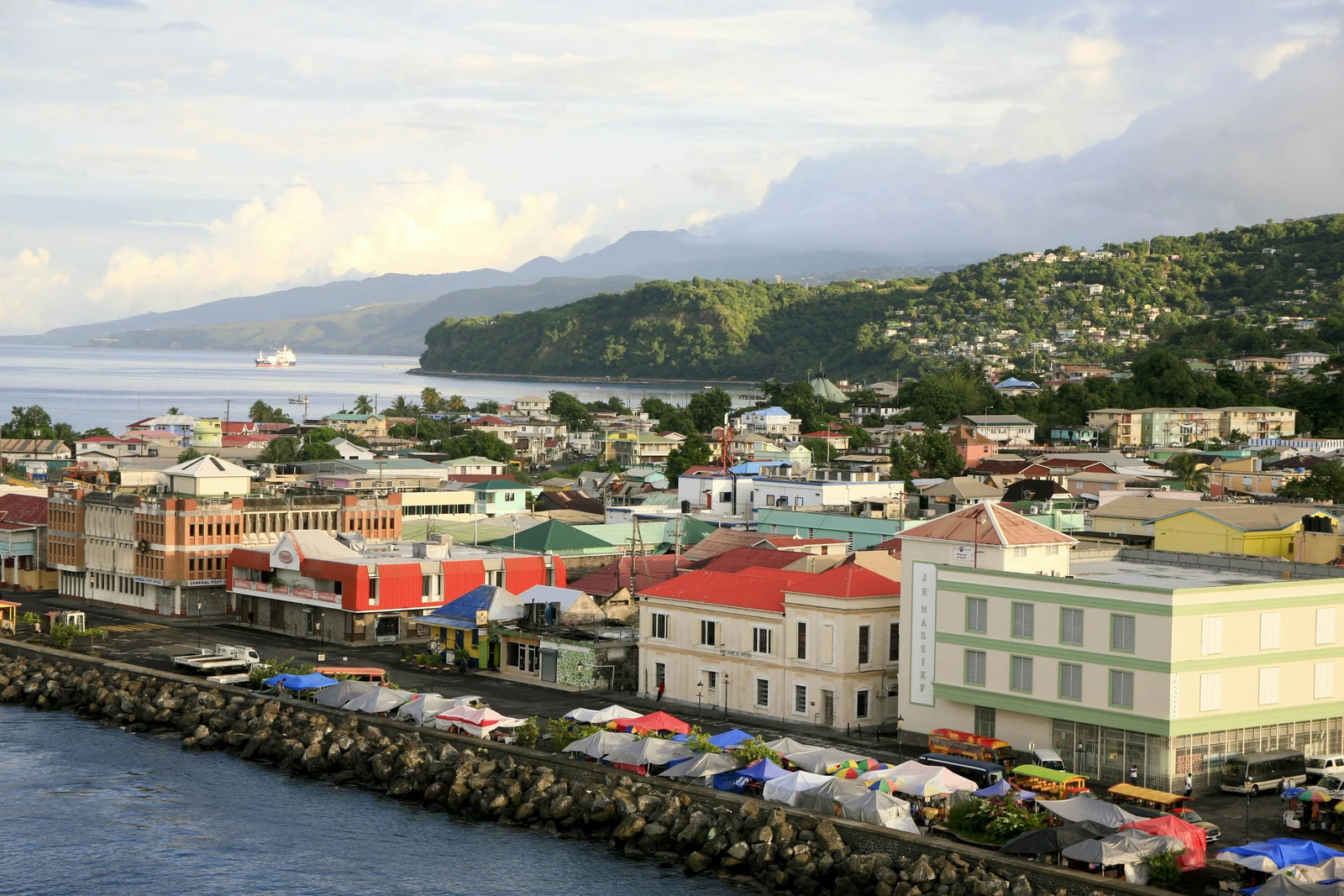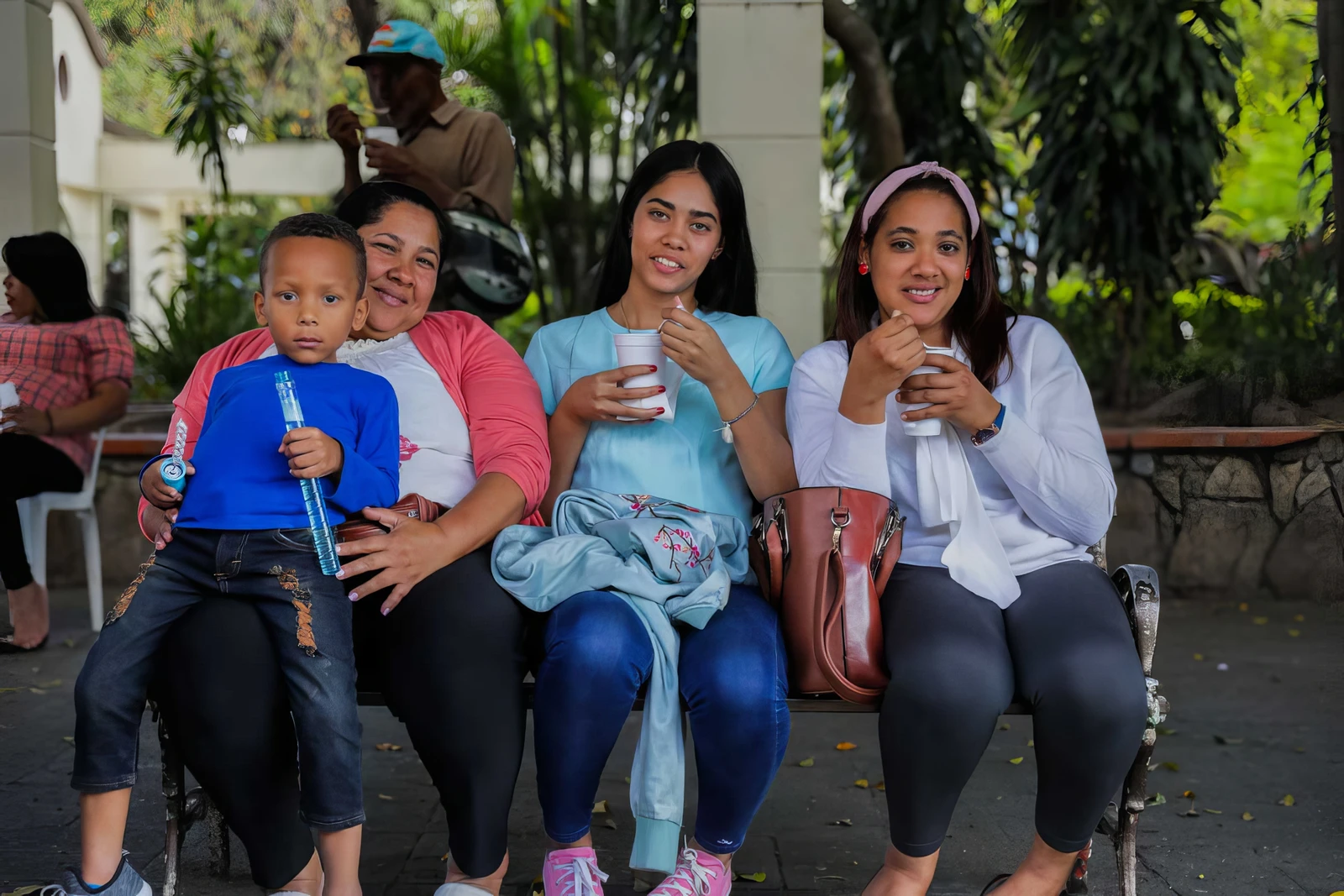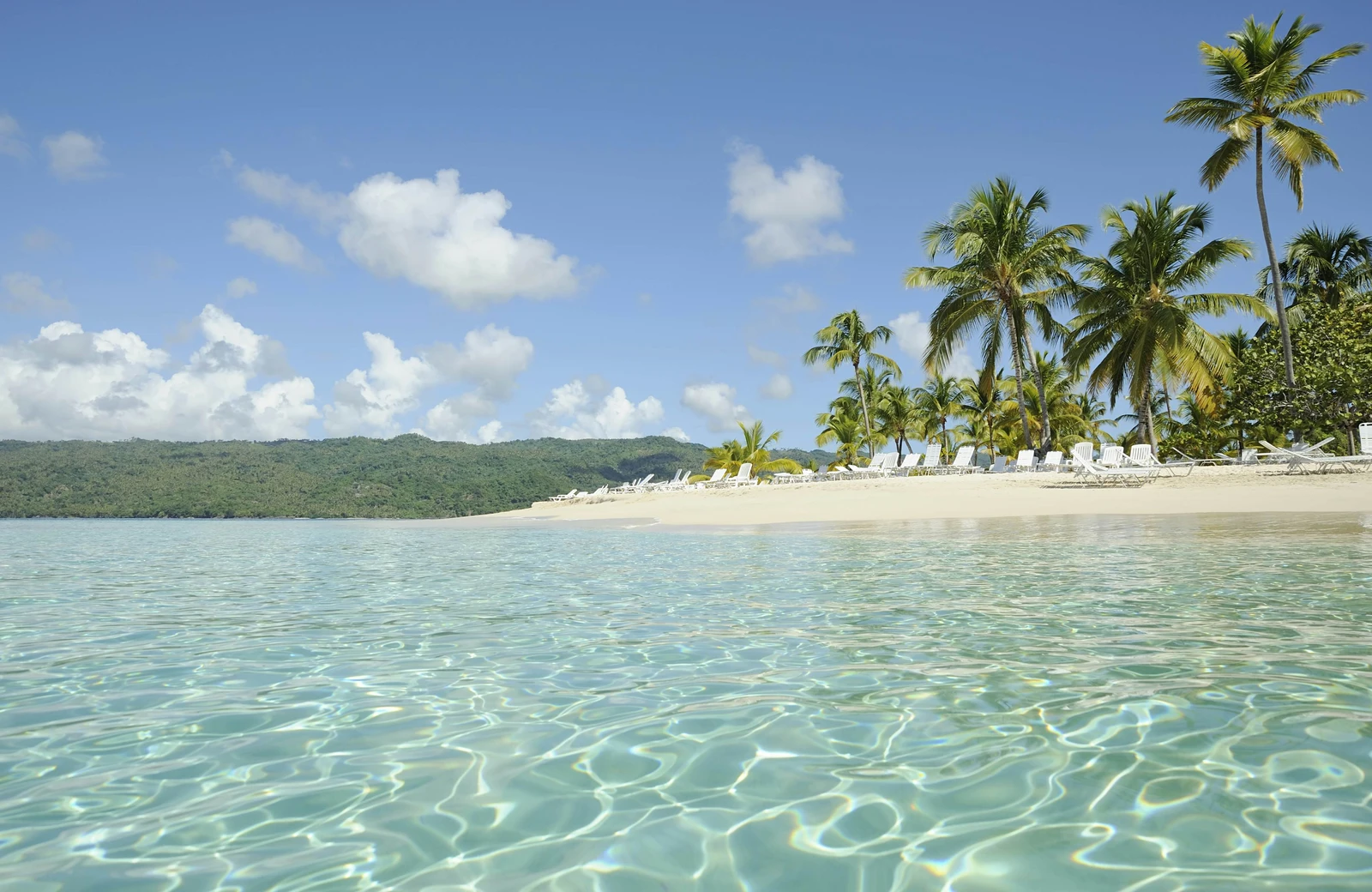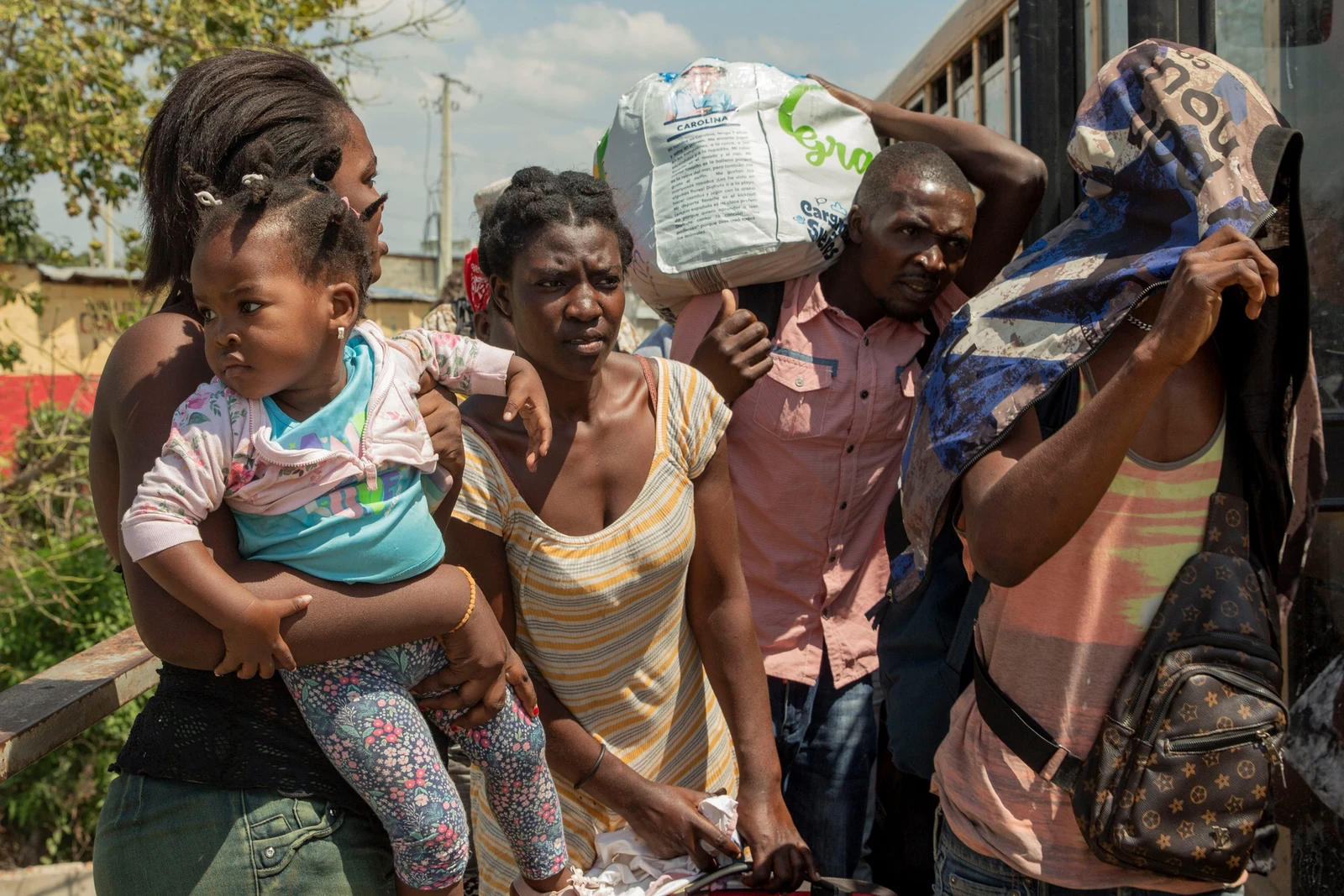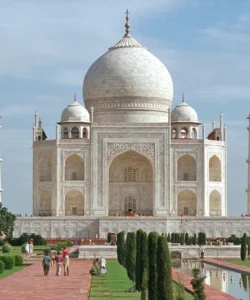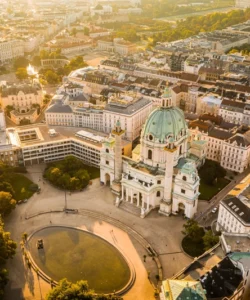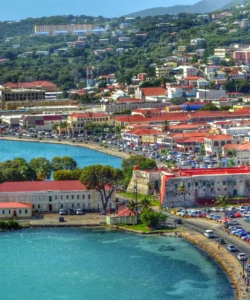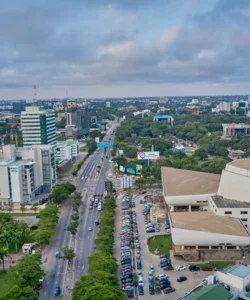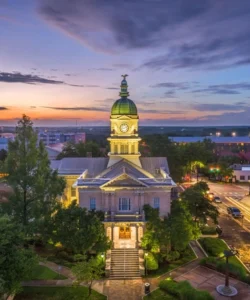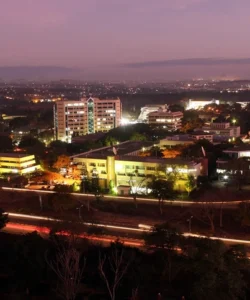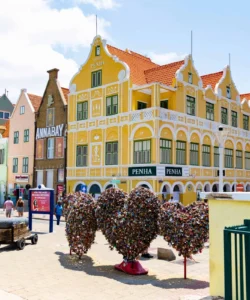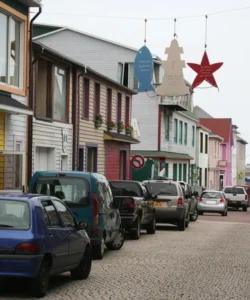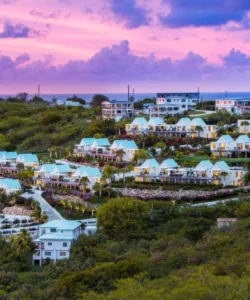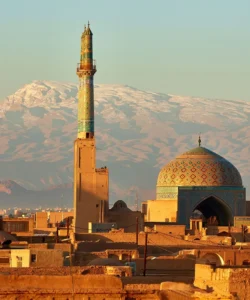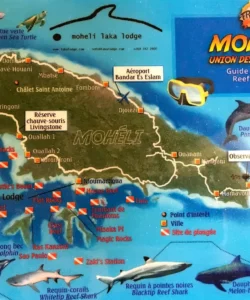Dominica, often called the “Nature Isle of the Caribbean,” is a ruggedly beautiful independent island nation in the Lesser Antilles. Unlike many of its Caribbean neighbors known for pristine white sand beaches, Dominica stands out with its lush mountainous rainforests, volcanic landscapes, numerous rivers, and spectacular waterfalls, making it a paradise for eco-tourism, hiking, and adventure.
![]()
Area and Population:
Dominica has a total land area of approximately 750 sq. km (290 sq. mi). As of 2023, the estimated population was around 73,000 people.
Language:
The official language is English. However, a French-based Antillean Creole (Kwéyòl) is widely spoken, especially among older generations and in rural areas.
Currency:
The official currency is the Eastern Caribbean Dollar (XCD), which is pegged to the US Dollar. The United States Dollar (USD) is also widely accepted.
Religion:
The predominant religion is Roman Catholicism, followed by various Protestant denominations.
Capital:
The capital city of Dominica is Roseau, located on the southwest coast. It is the largest town and the main commercial center.
Major Cities/Towns:
Besides Roseau, other notable towns include Portsmouth (home to Ross University School of Medicine) and Marigot (near the main airport).
Attractions:
Dominica’s attractions are overwhelmingly natural, focusing on its unique volcanic and rainforest environment:
- Morne Trois Pitons National Park: A UNESCO World Heritage site, this park is the heart of Dominica’s natural wonders. It encompasses:
- Boiling Lake: The world’s second-largest hot spring, a flooded fumarole emitting volcanic gases, reachable via a challenging but rewarding hike.
- Titou Gorge: A series of narrow, swimmable canyons with small waterfalls and hot springs, requiring a swim or float to explore.
- Emerald Pool: A beautiful, easily accessible grotto with a sparkling waterfall and clear green water, perfect for a refreshing dip.
- Trafalgar Falls: Twin waterfalls (“Papa Falls” and “Mama Falls”) where visitors can enjoy hot and cold springs.
- Freshwater Lake & Boeri Lake: Two beautiful crater lakes offering serene views and hiking opportunities.
- Waitukubuli National Trail: The longest hiking trail in the Caribbean, spanning 185 km (115 miles) from south to north across the island, divided into 14 segments, offering diverse landscapes and cultural insights.
- Indian River (Portsmouth): A serene river cruise through dense mangrove forests, famously featured in the “Pirates of the Caribbean” films.
- Champagne Reef: A unique snorkeling and diving site where volcanic vents release warm bubbles, creating an “underwater champagne” effect.
- Cabrits National Park (near Portsmouth): A beautiful peninsula with a restored 18th-century British garrison, Fort Shirley, offering historical insights and panoramic views.
- Dominica’s Hot Springs and Sulphur Springs: Numerous natural hot springs scattered across the island, providing therapeutic baths.
- Carib Territory (Kalinago Territory): Home to the indigenous Kalinago people (the last remaining indigenous population in the Caribbean), offering cultural experiences and traditional craft displays.
Natural Wonders:
Dominica is a geological marvel, boasting an abundance of natural wonders:
- Volcanic Landscape: Characterized by nine active volcanoes (though mostly dormant, with fumaroles and hot springs), leading to its rugged topography.
- Rainforests: Extensive, dense, and largely untouched rainforests covering most of the island.
- Waterfalls: Over 365 rivers, many culminating in spectacular waterfalls.
- Hot Springs and Fumaroles: Direct evidence of the island’s volcanic activity.
- Lakes: Including crater lakes like Boiling Lake, Freshwater Lake, and Boeri Lake.
- Underwater Volcanic Activity: At sites like Champagne Reef.
Architecture:
Dominican architecture is primarily functional, adapted to the tropical climate and the island’s history.
- Colonial Influences: Some remnants of French and British colonial architecture can be seen in Roseau, particularly in older stone and wooden buildings with balconies and jalousie windows.
- Wooden and Concrete Block Homes: The most common form of housing, often brightly painted and designed for ventilation.
- Post-Hurricane Resilience: After devastating hurricanes (like Maria in 2017), there’s been a focus on rebuilding with more resilient structures.
- Roseau: Features a mix of older, charming buildings and more modern, practical structures.
Roads:
Dominica’s road network is extensive but challenging. Roads are generally narrow, winding, and steep, following the contours of the mountainous terrain. Many roads, especially in rural areas, can be unpaved or in poor condition. Landslides can occur, particularly after heavy rains. Driving is on the left-hand side of the road. Four-wheel drive vehicles are often recommended for exploring certain parts of the island. Public transportation relies on shared mini-buses (buses or public service vehicles).
Hotels:
Dominica offers a range of accommodations, leaning towards eco-lodges, boutique hotels, and guesthouses that emphasize immersion in nature, rather than large-scale resorts.
- Secret Bay: An acclaimed eco-luxury resort known for its secluded villas and exceptional service.
- Fort Young Hotel: Located in Roseau, a historic waterfront hotel with modern amenities.
- Jungle Bay Dominica: An eco-wellness resort focused on nature and relaxation.
- Rosalie Bay Resort: An eco-boutique and wellness resort on the east coast.
- Numerous smaller guesthouses and local inns offer authentic experiences.
Restaurants:
Dominican cuisine is flavorful and relies heavily on fresh local produce, seafood, and a blend of African, French, and Creole influences. Dining options range from informal local eateries to more refined resort restaurants.
- Old Stone Bar & Grill (Roseau): Offers a mix of local and international dishes in a charming setting.
- The Champs Guesthouse (Portsmouth): Known for its local and international cuisine with good views.
- Riverside Cafe (near Trafalgar Falls): A casual spot often visited after exploring the falls, serving local food.
- Local Markets and Street Vendors: Excellent for fresh fruits, vegetables, and quick, authentic meals like bakes and saltfish.
- Many hotels and eco-lodges have their own restaurants, often focusing on farm-to-table or sea-to-table concepts.
Cuisine:
Dominican cuisine is robust, healthy, and utilizes the island’s abundant fresh ingredients.
- Callaloo Soup: A popular, thick, green soup made from dasheen leaves (a type of taro), often with meat or fish.
- Mountain Chicken (Crapaud): A local delicacy, it’s actually a large frog, traditionally prepared fried or stewed (however, it’s now endangered, and its consumption is restricted).
- Fish and Provisions: Freshly caught fish (snapper, mahi-mahi, lionfish) served with ground provisions like yam, dasheen, plantain, and breadfruit.
- Saltfish and Bakes: A common breakfast or light meal. Salted codfish mixed with onions and peppers, served with fried dough (bakes).
- Accra: Fried fritters made from salted fish and flour.
- Stewed Chicken or Fish: Prepared with a rich, savory gravy using local herbs and spices.
- Fresh Juices: Abundant with local fruits like passion fruit, soursop, and guava.
- Bush Rum: Locally made rum infused with various herbs and roots.

